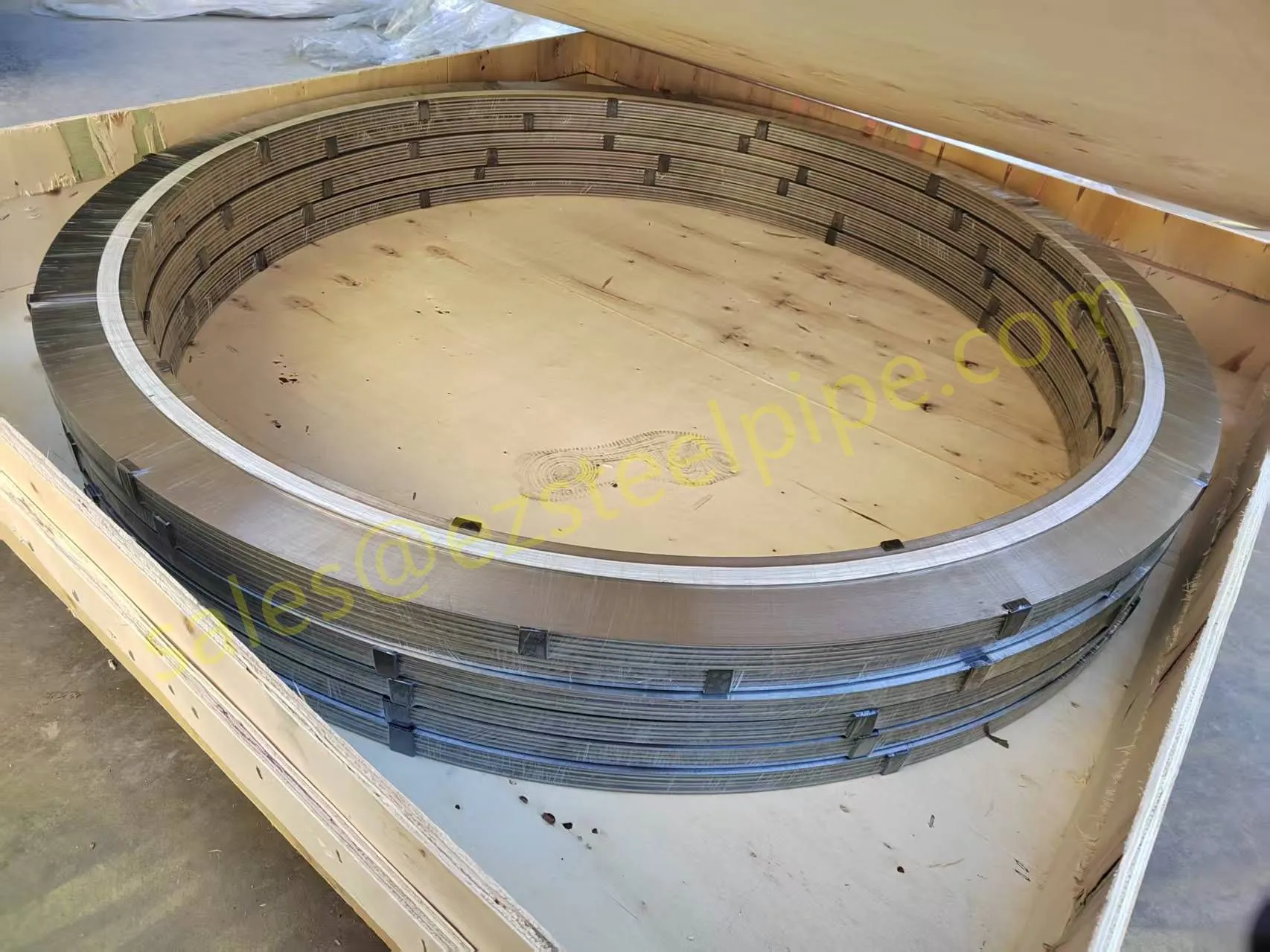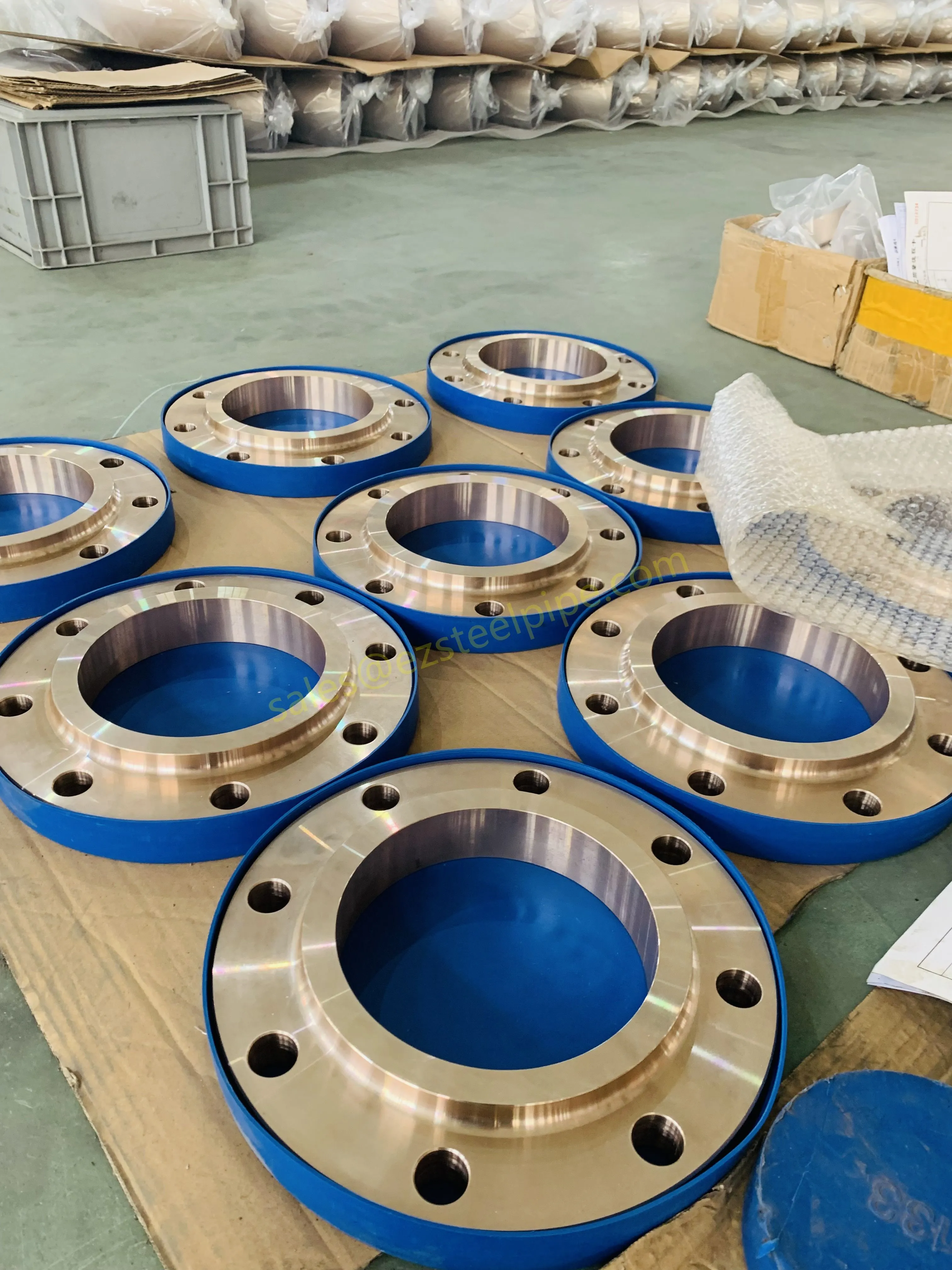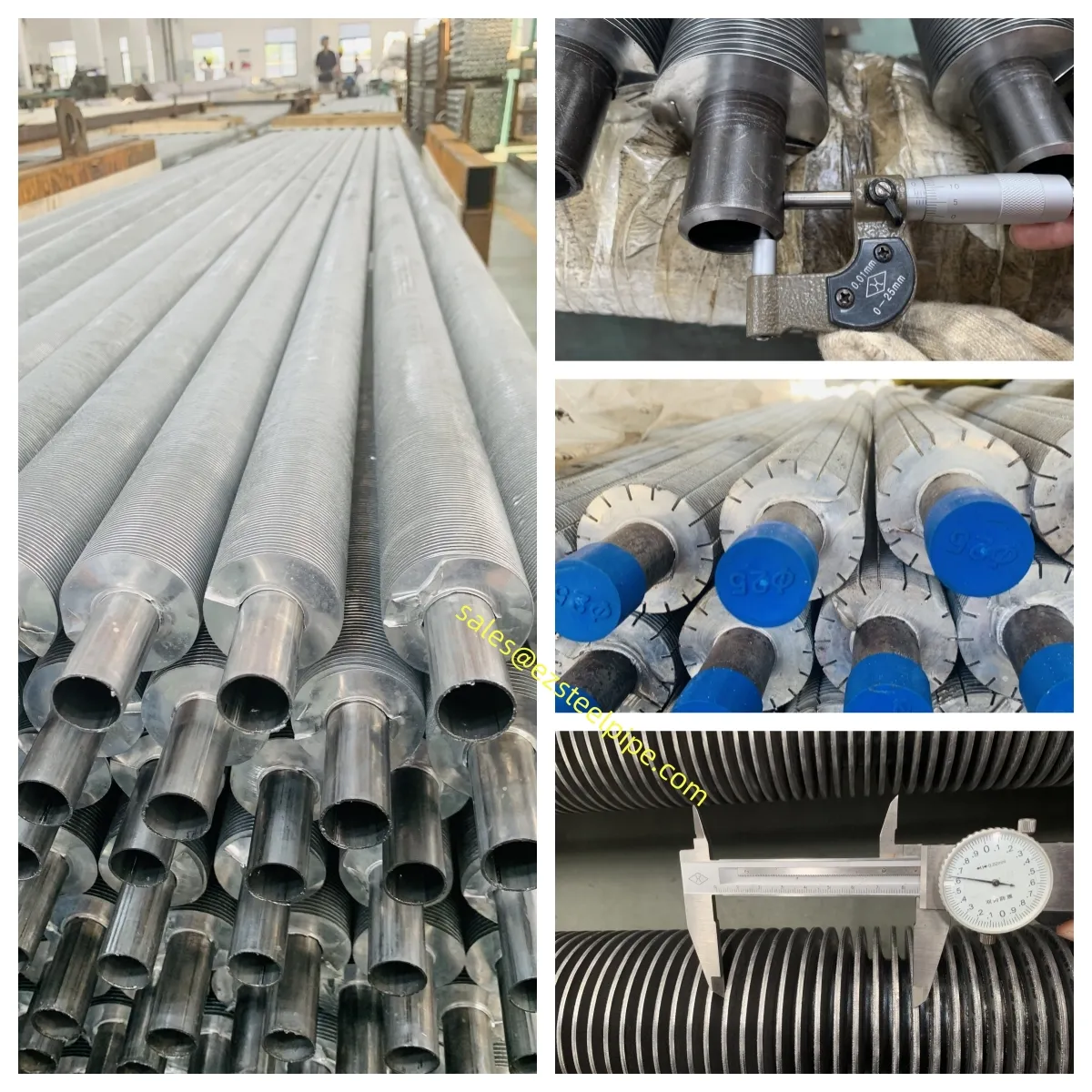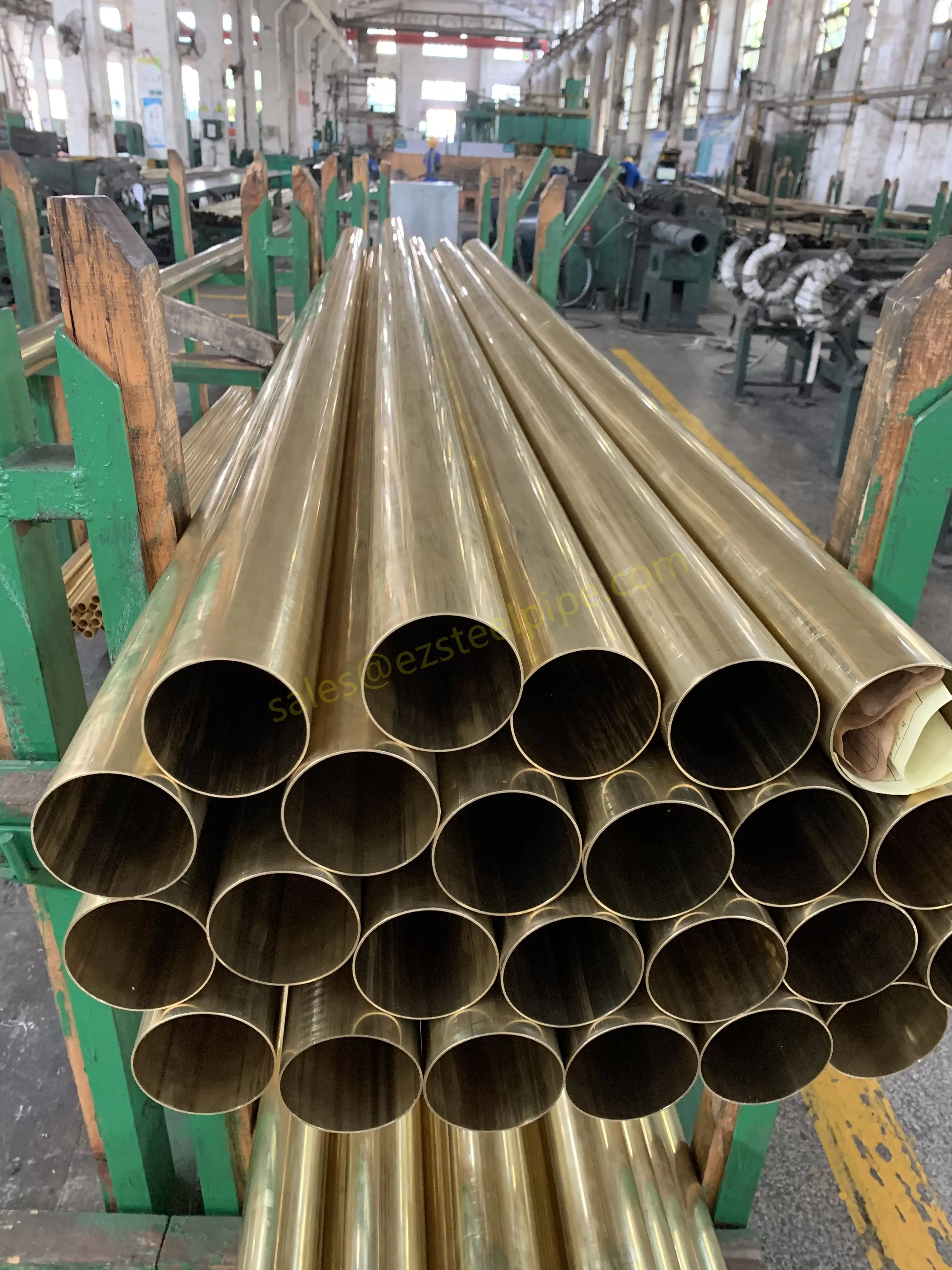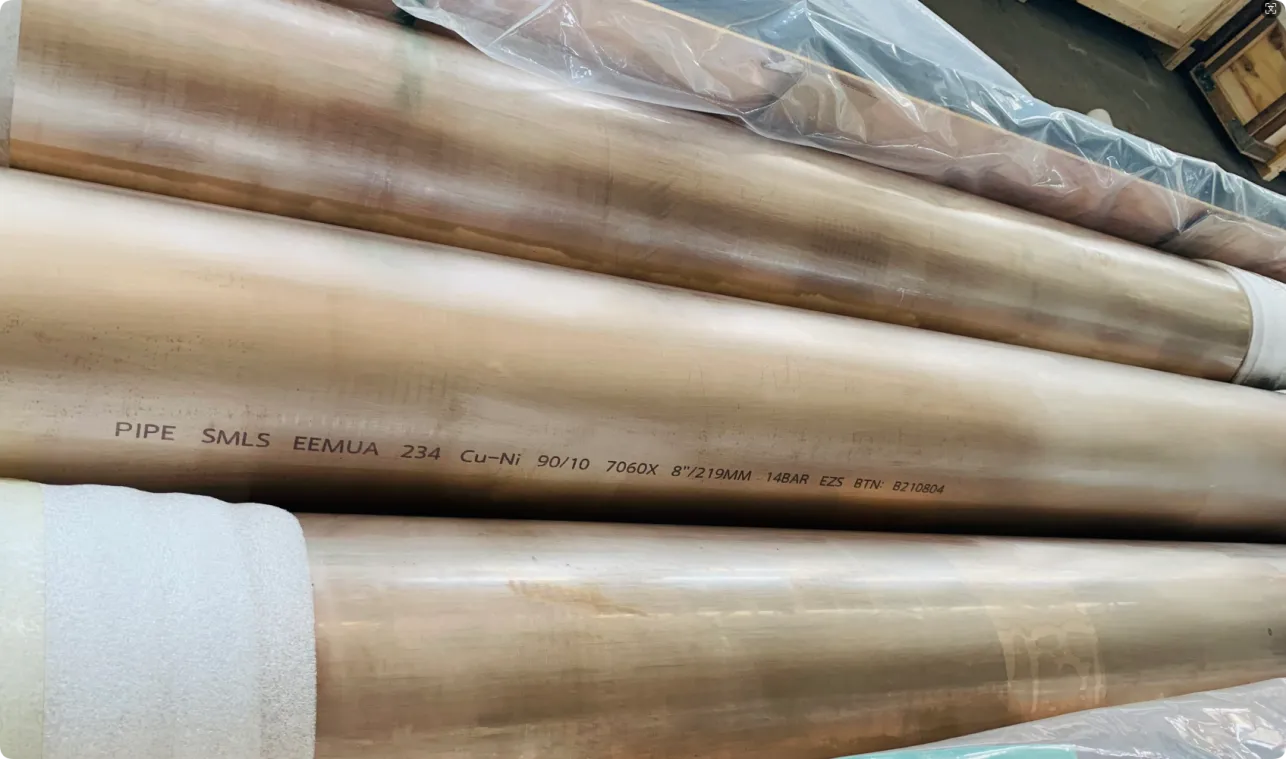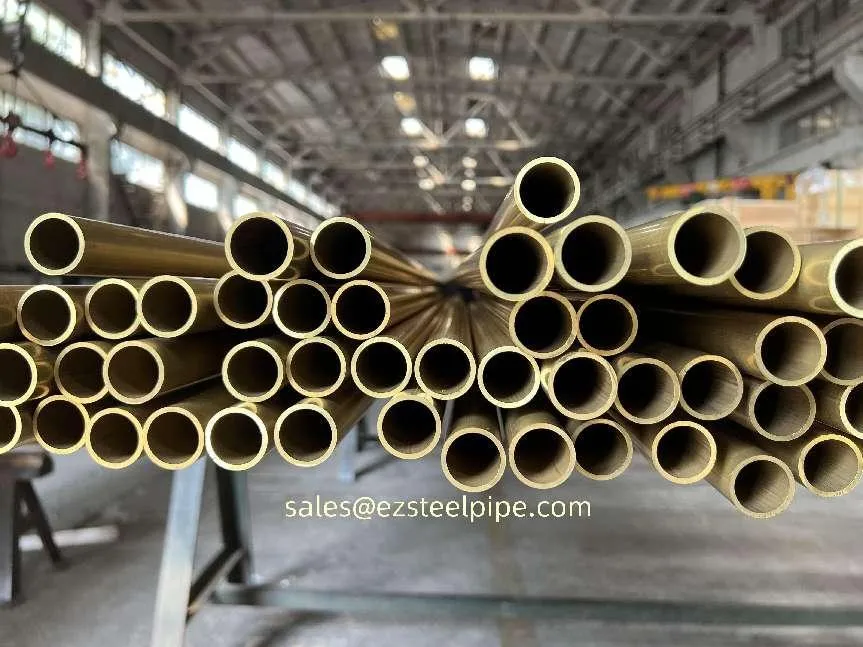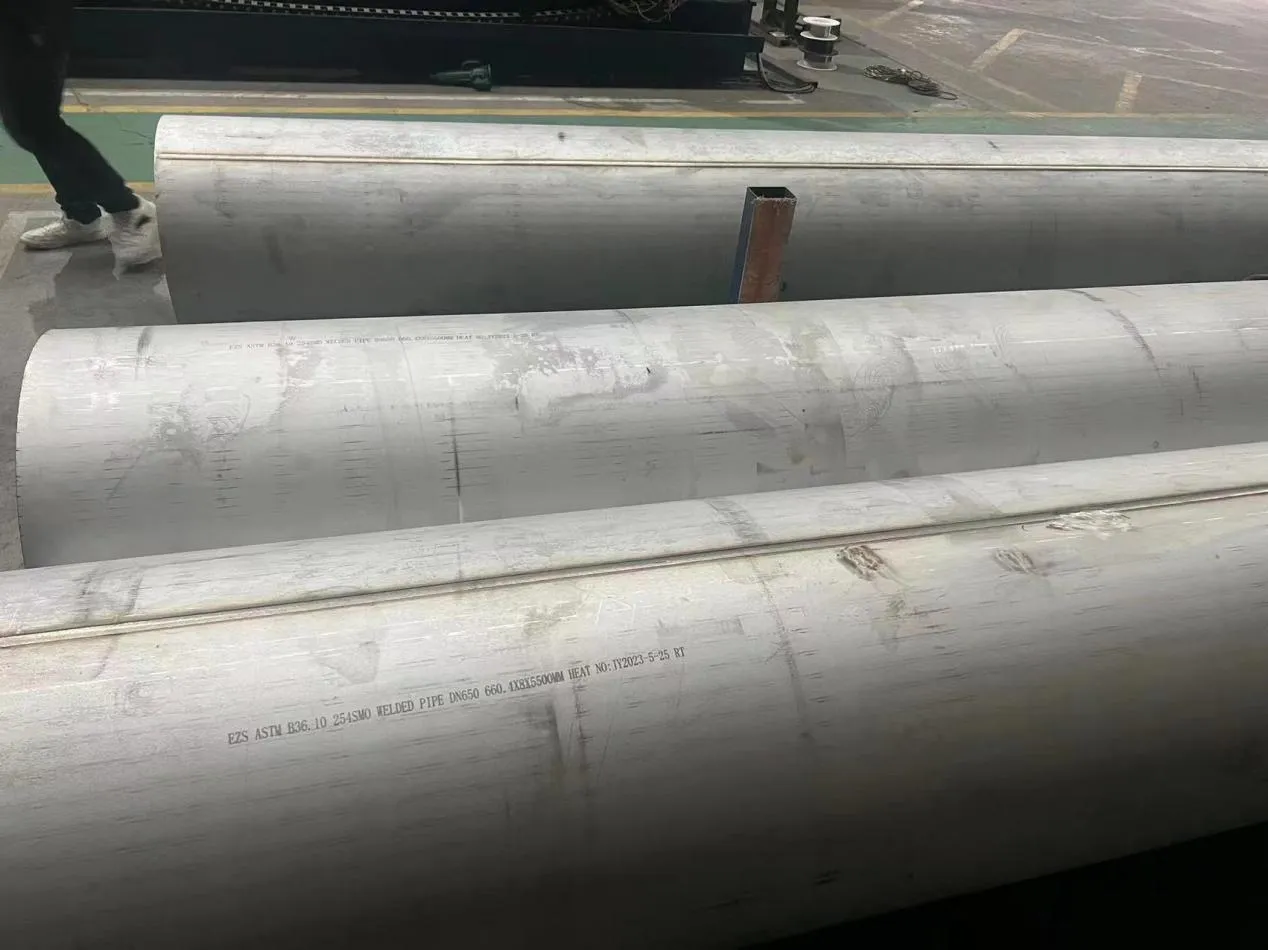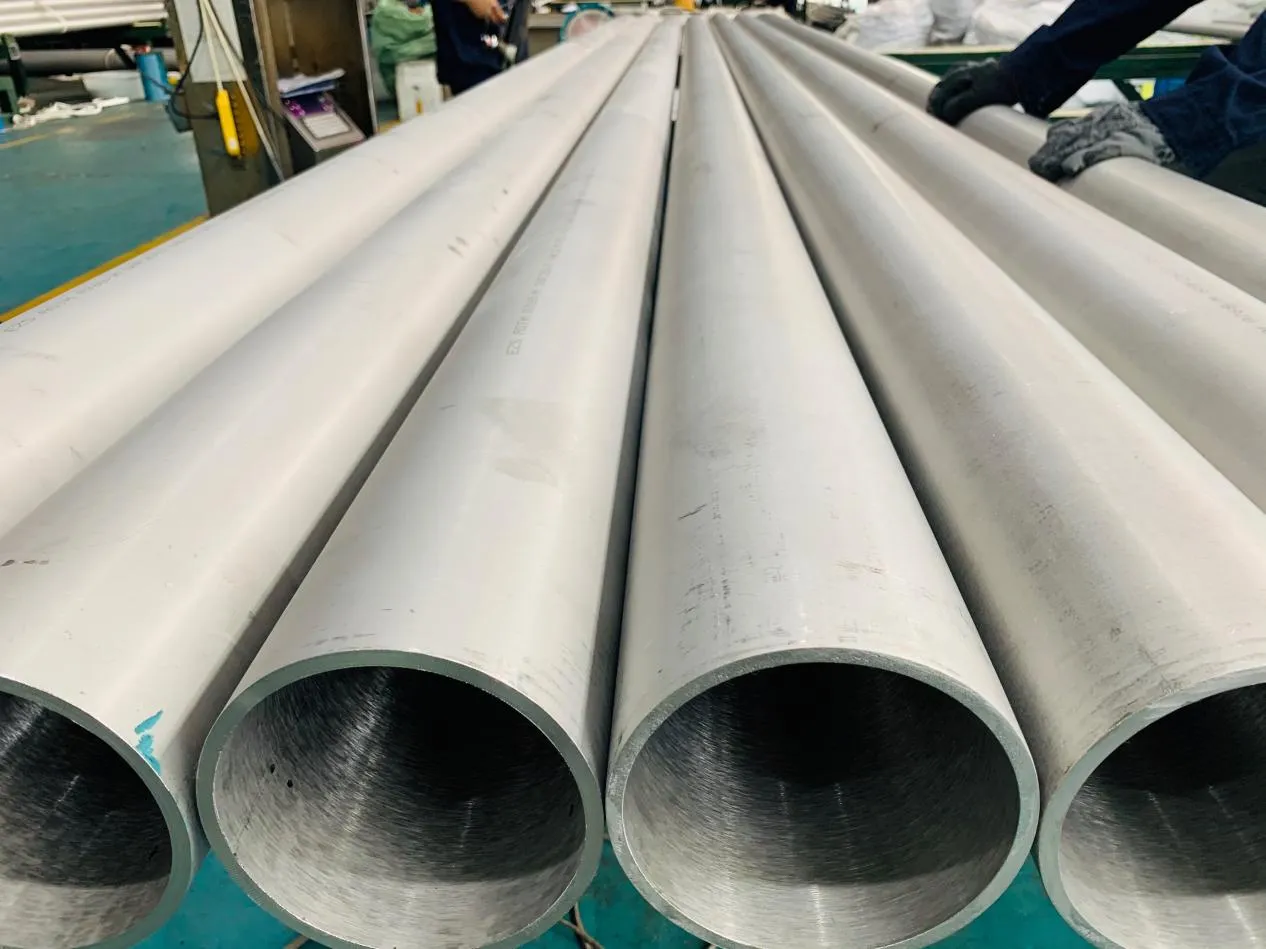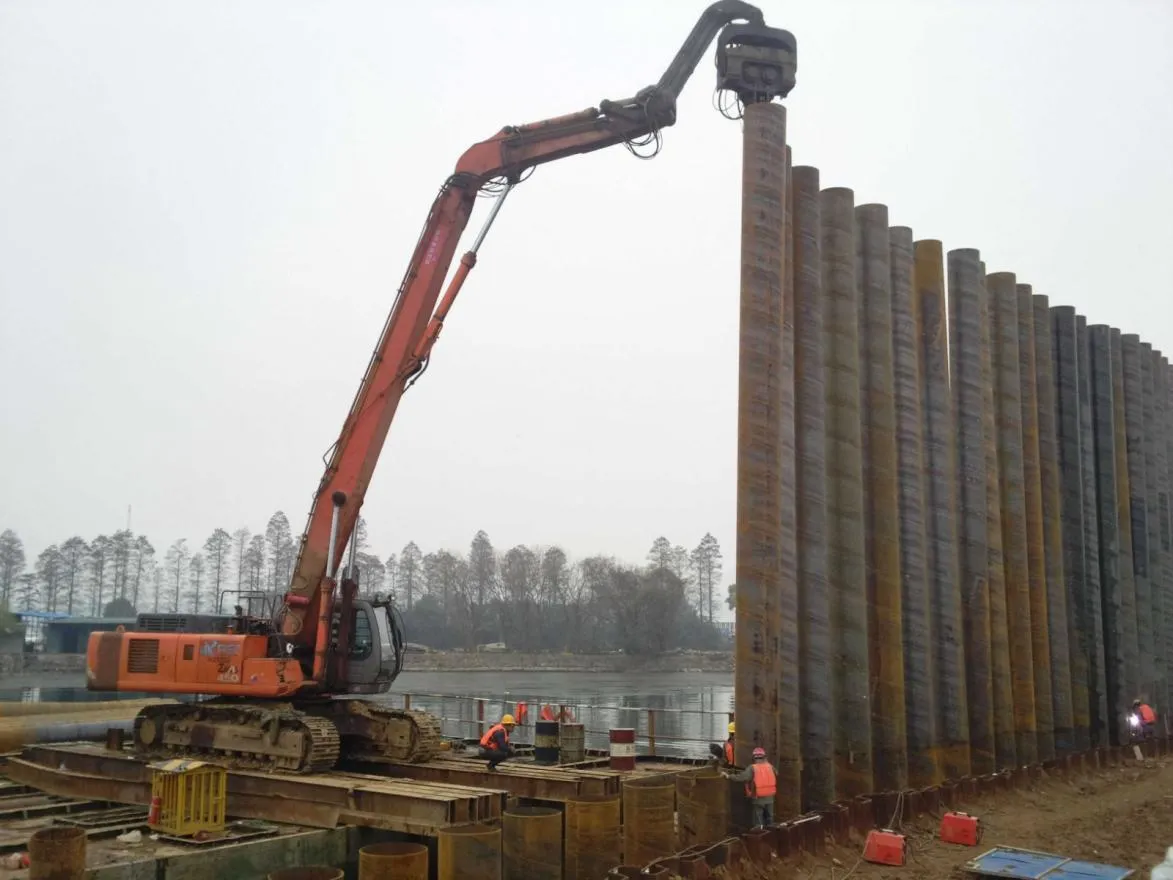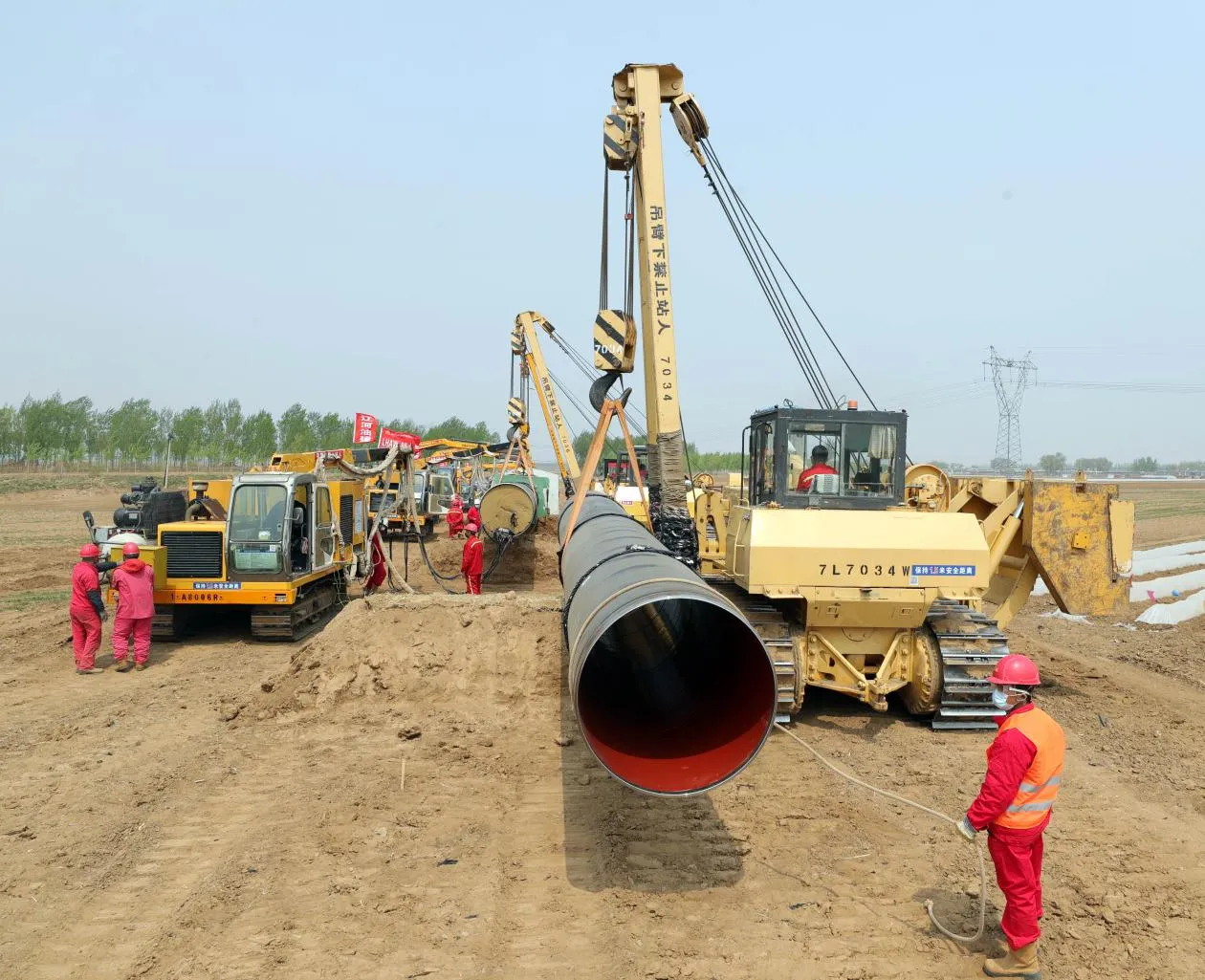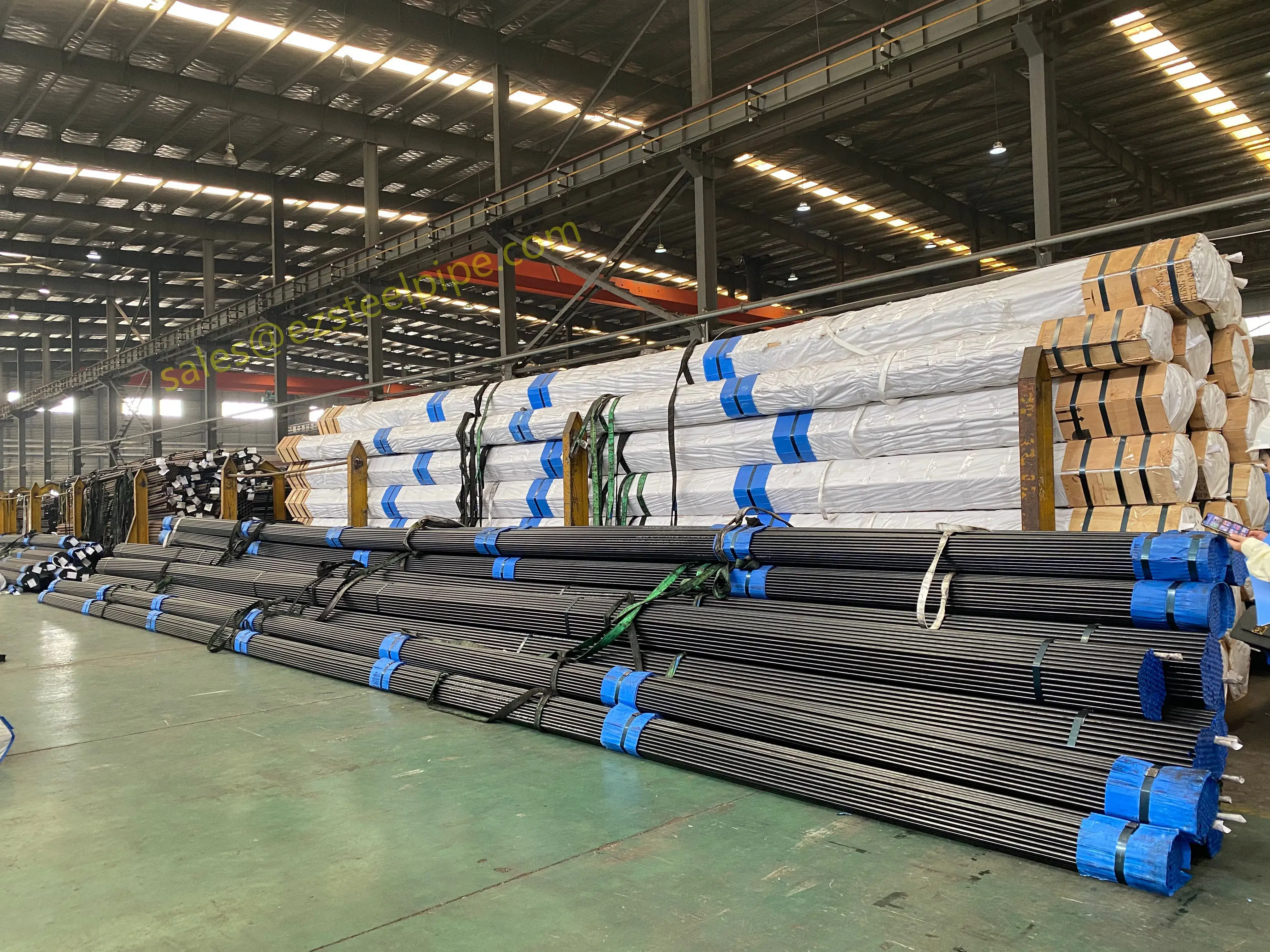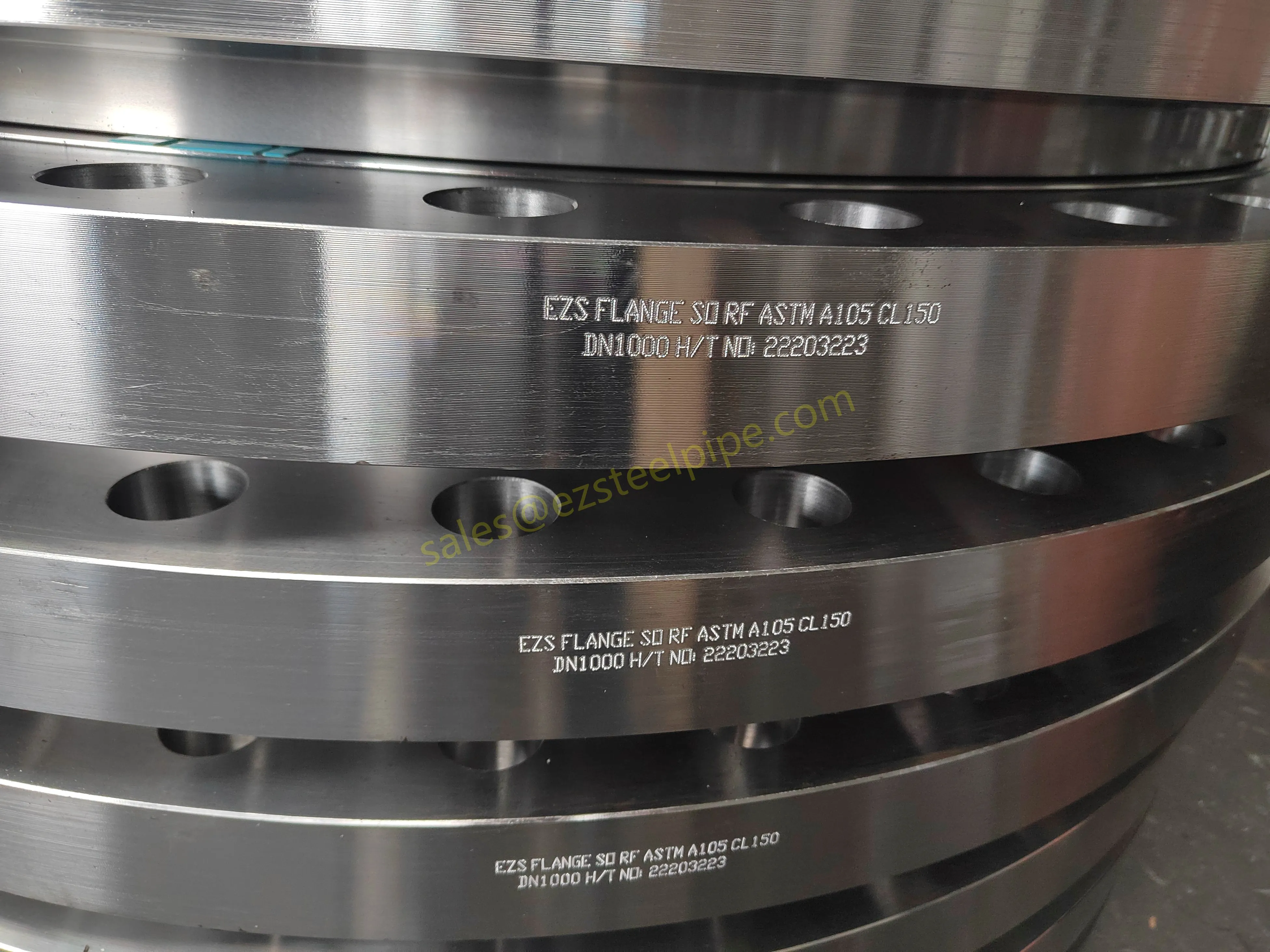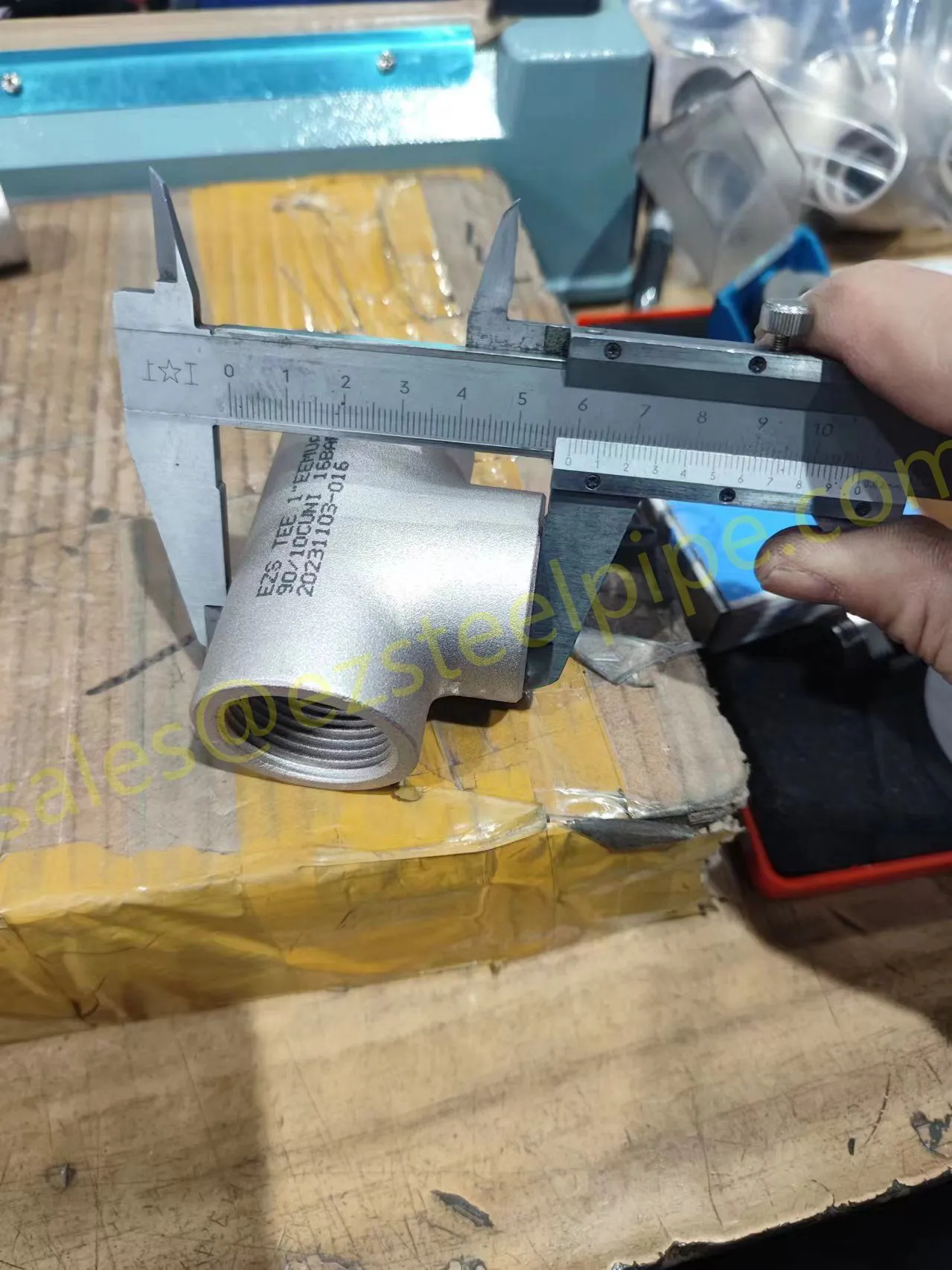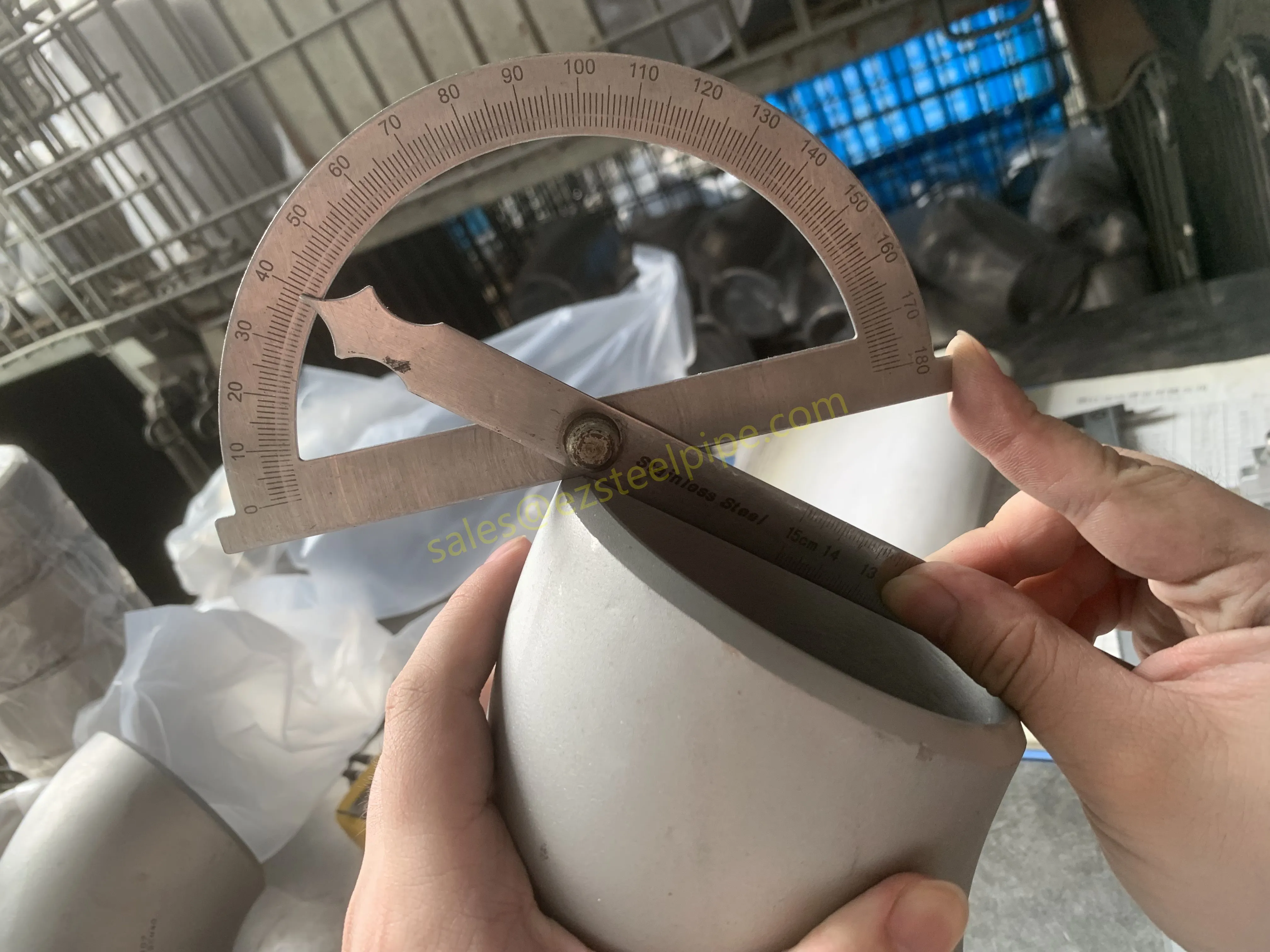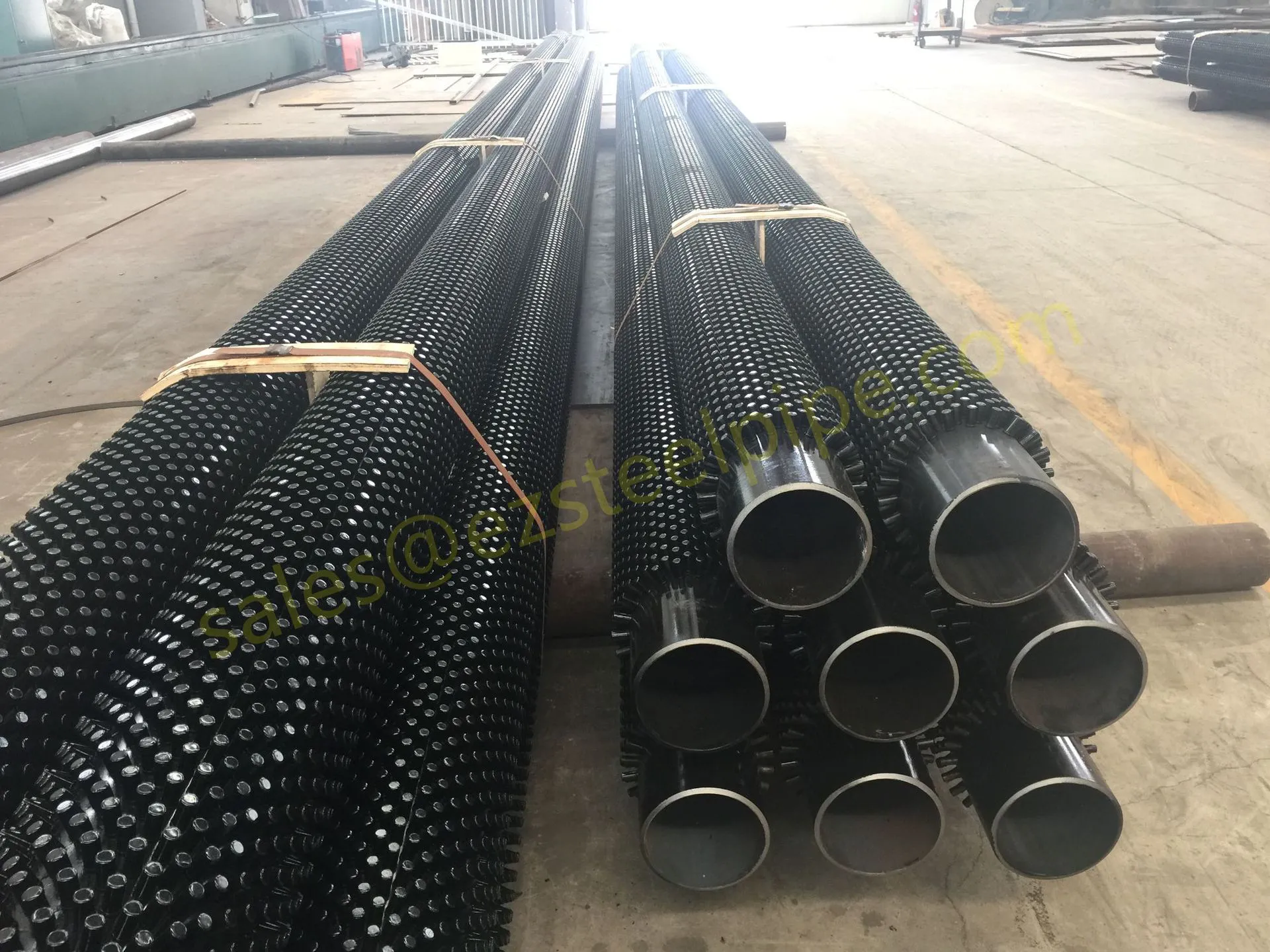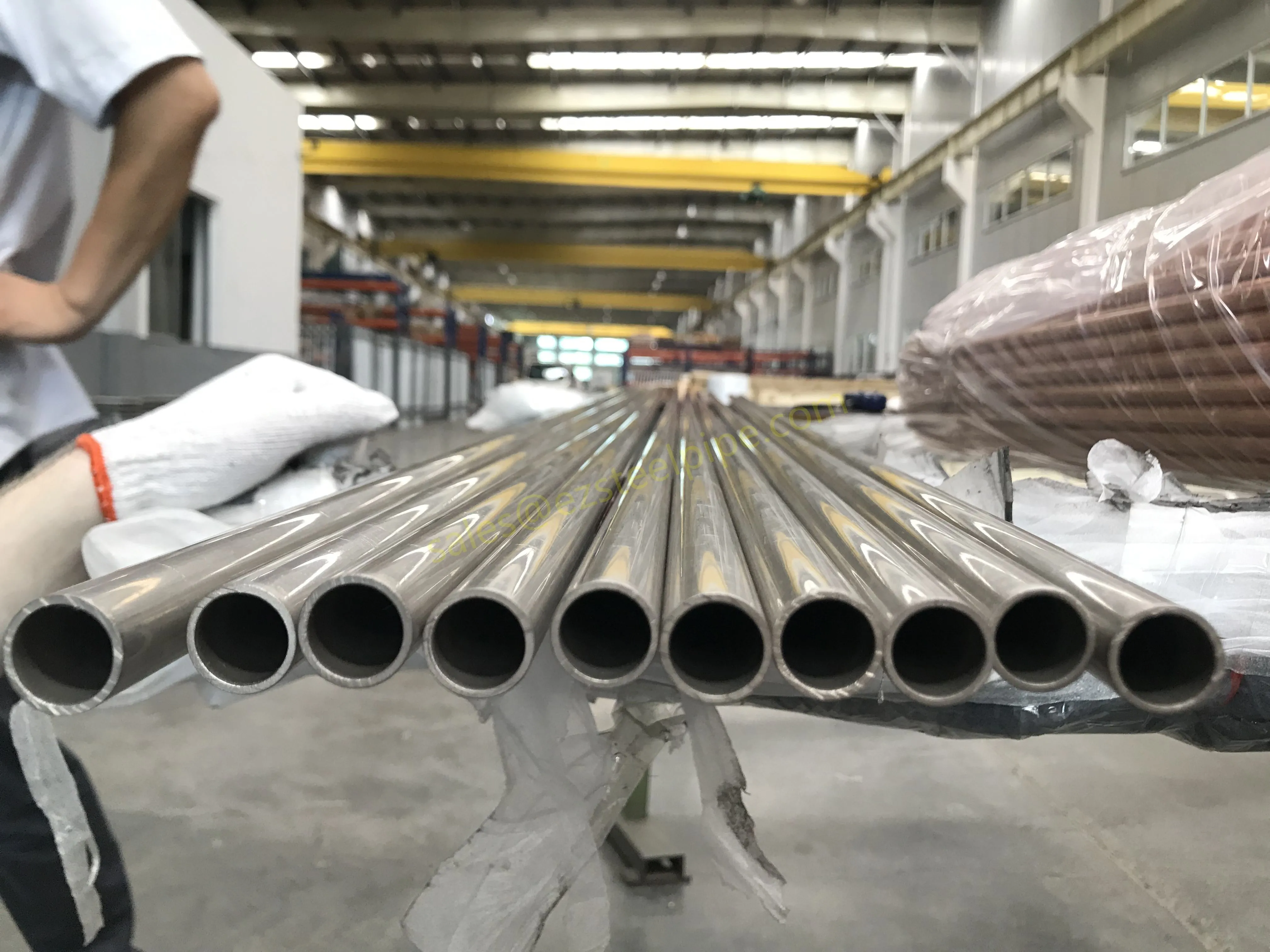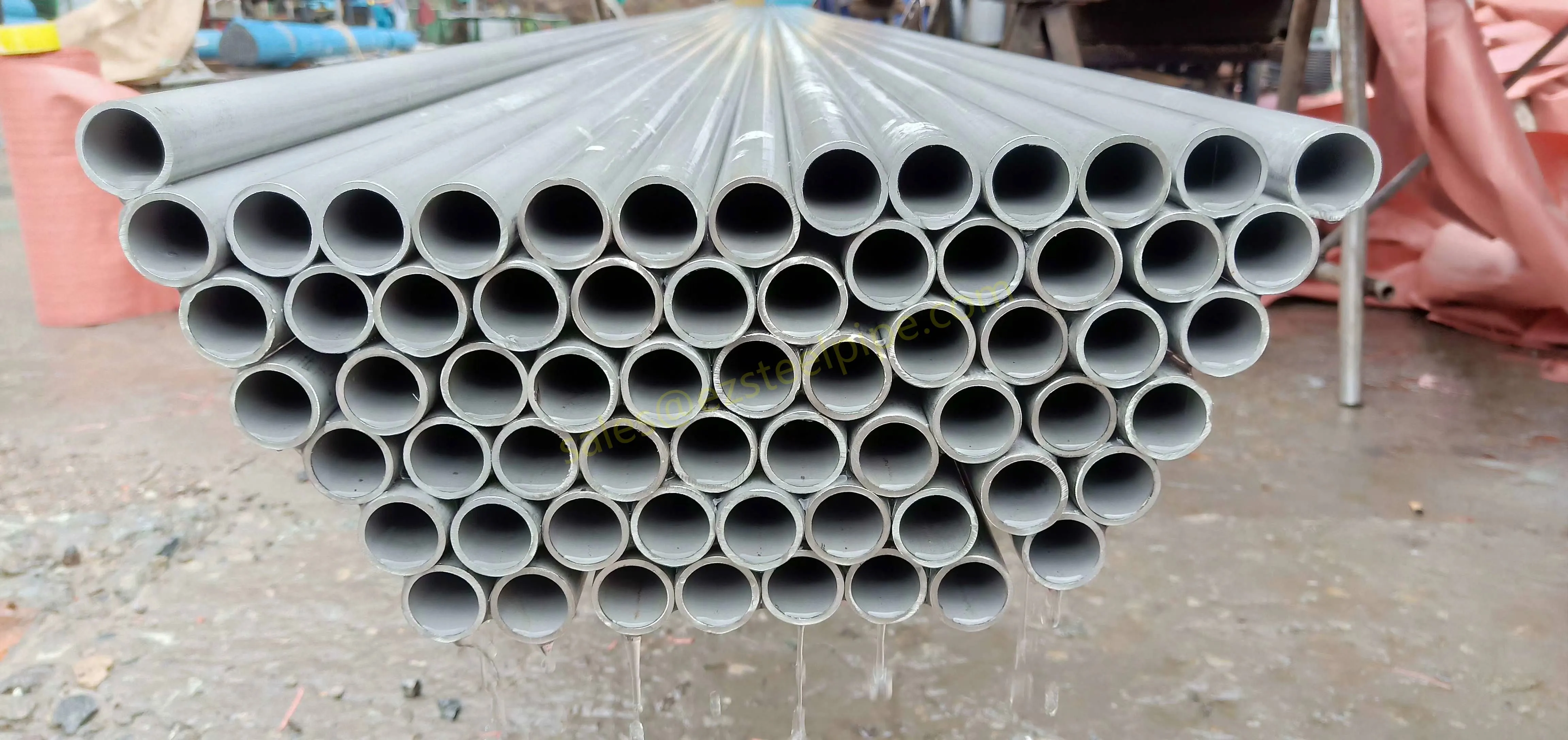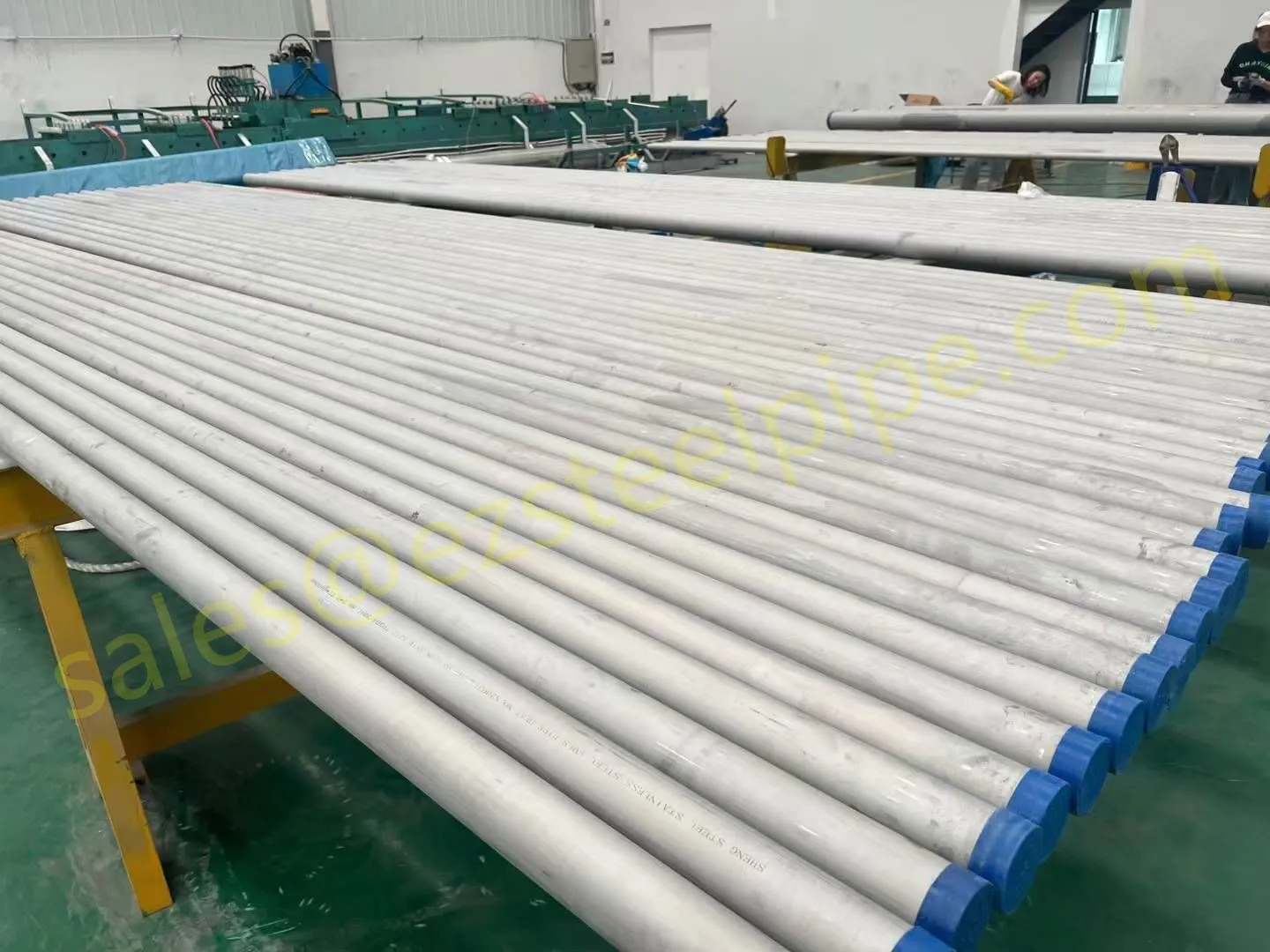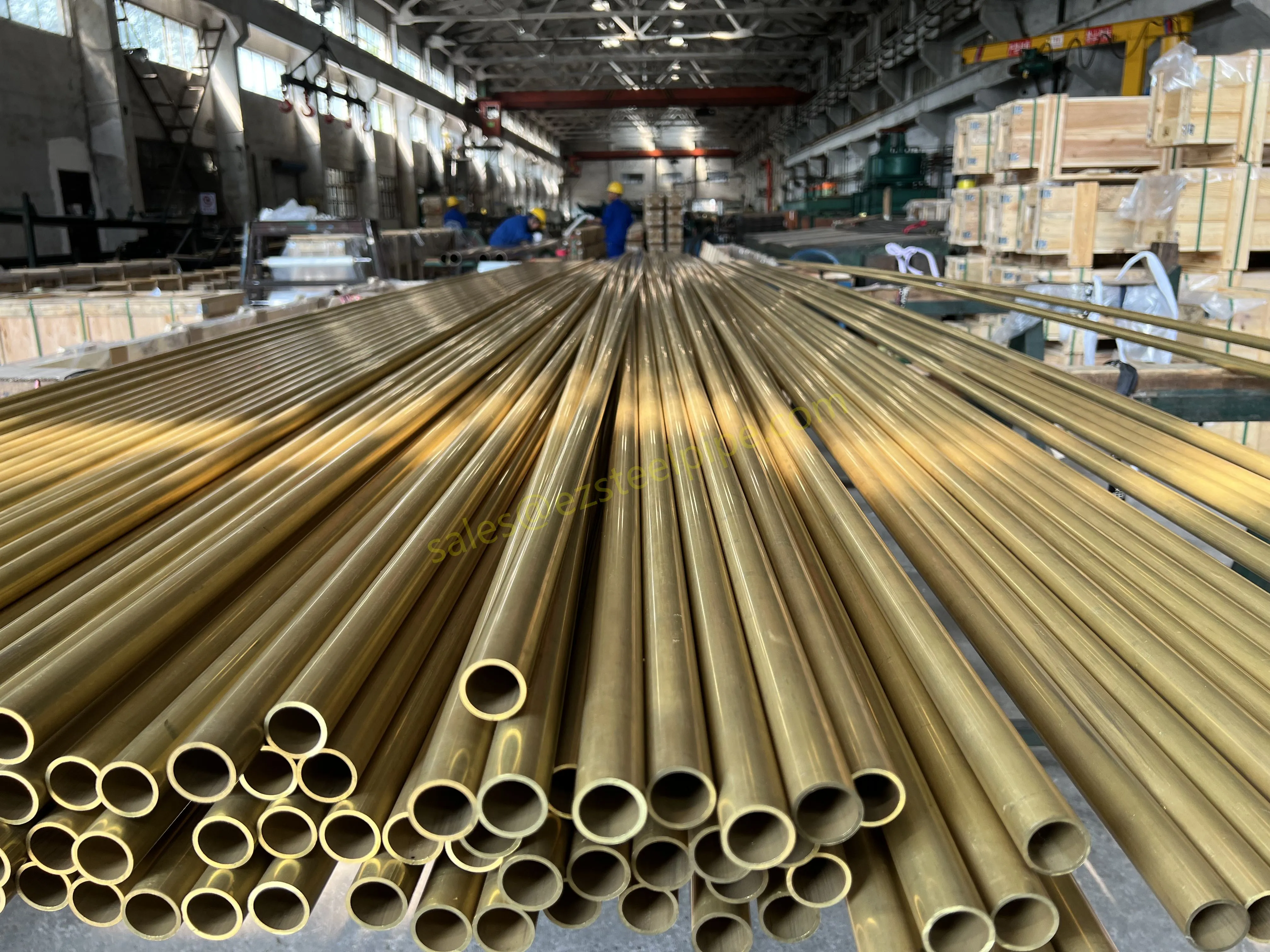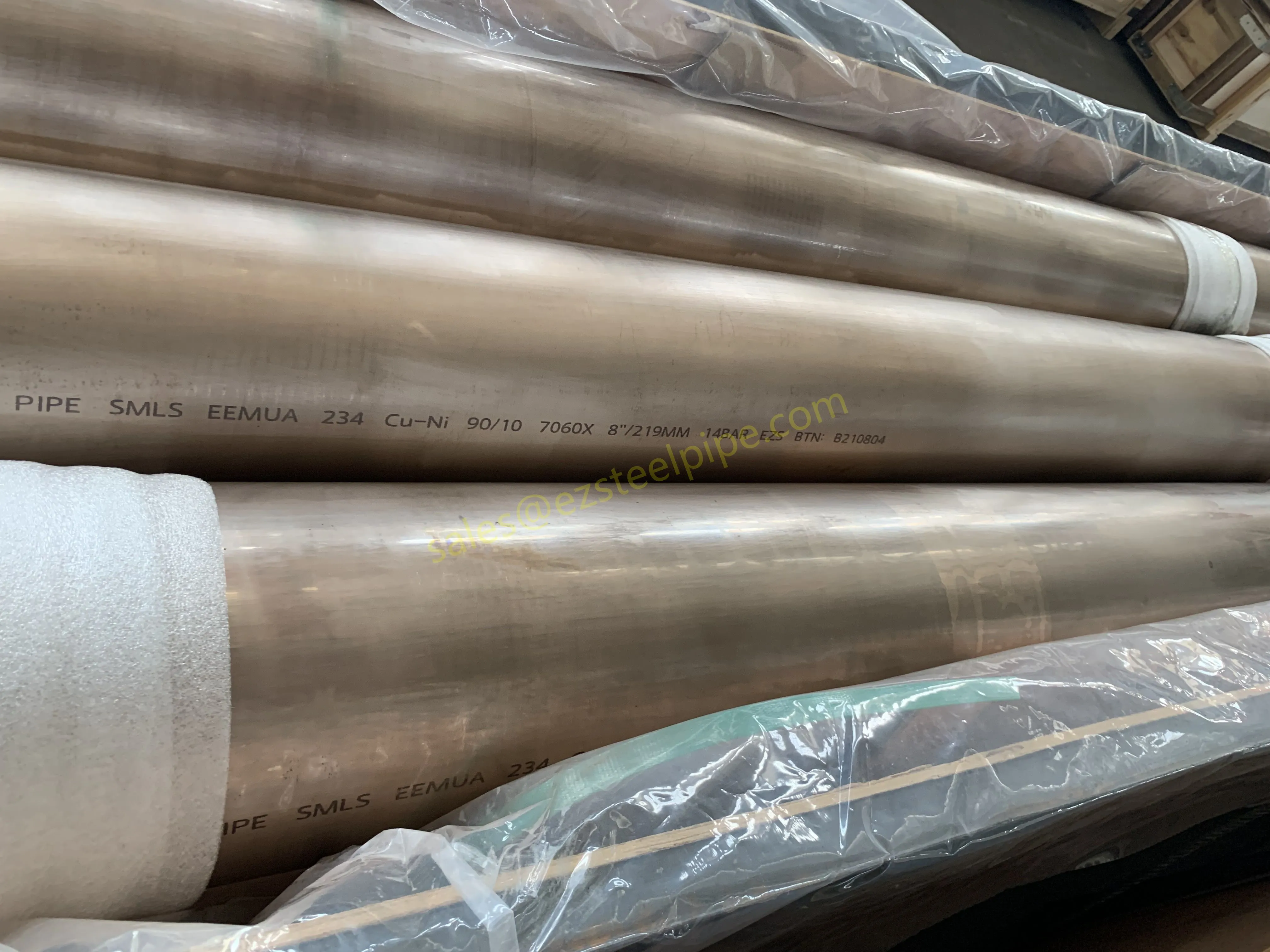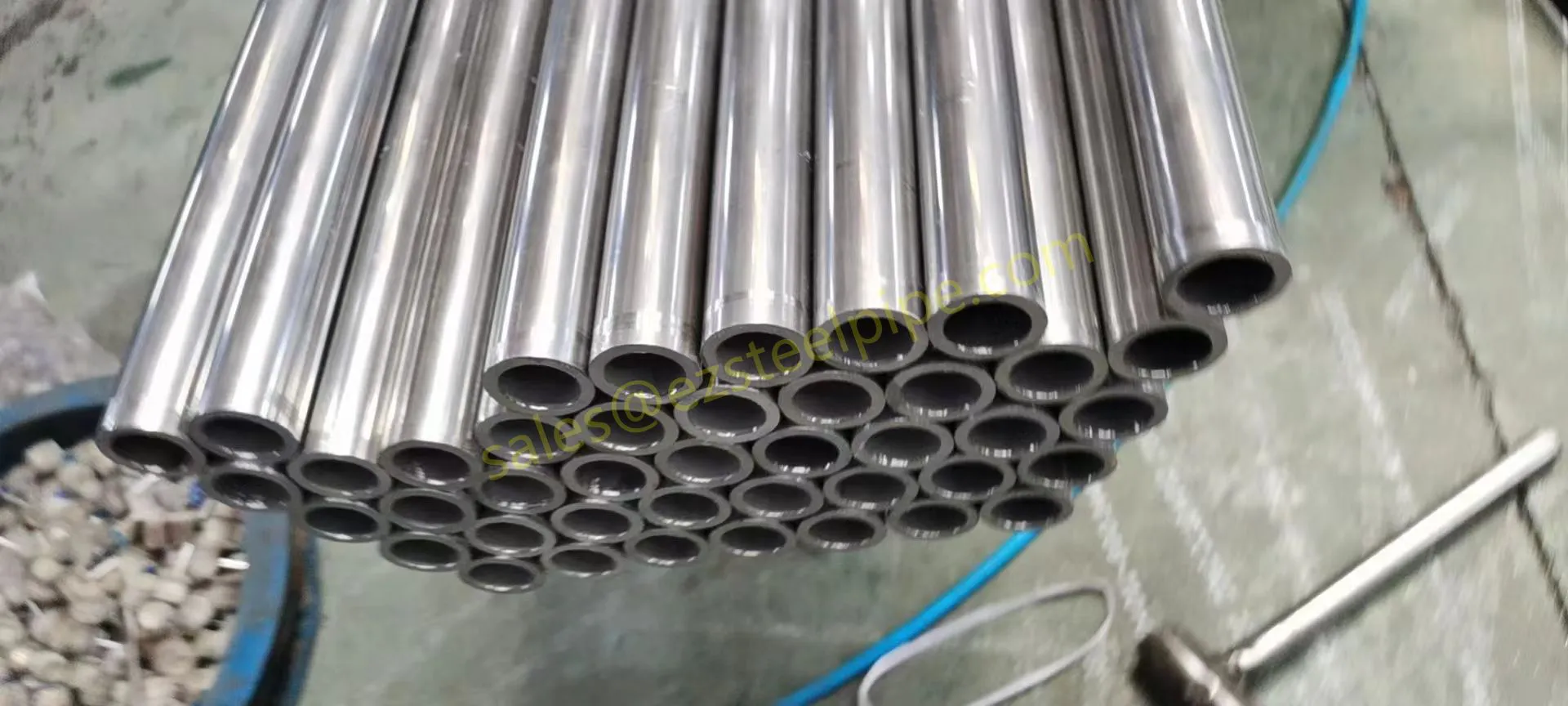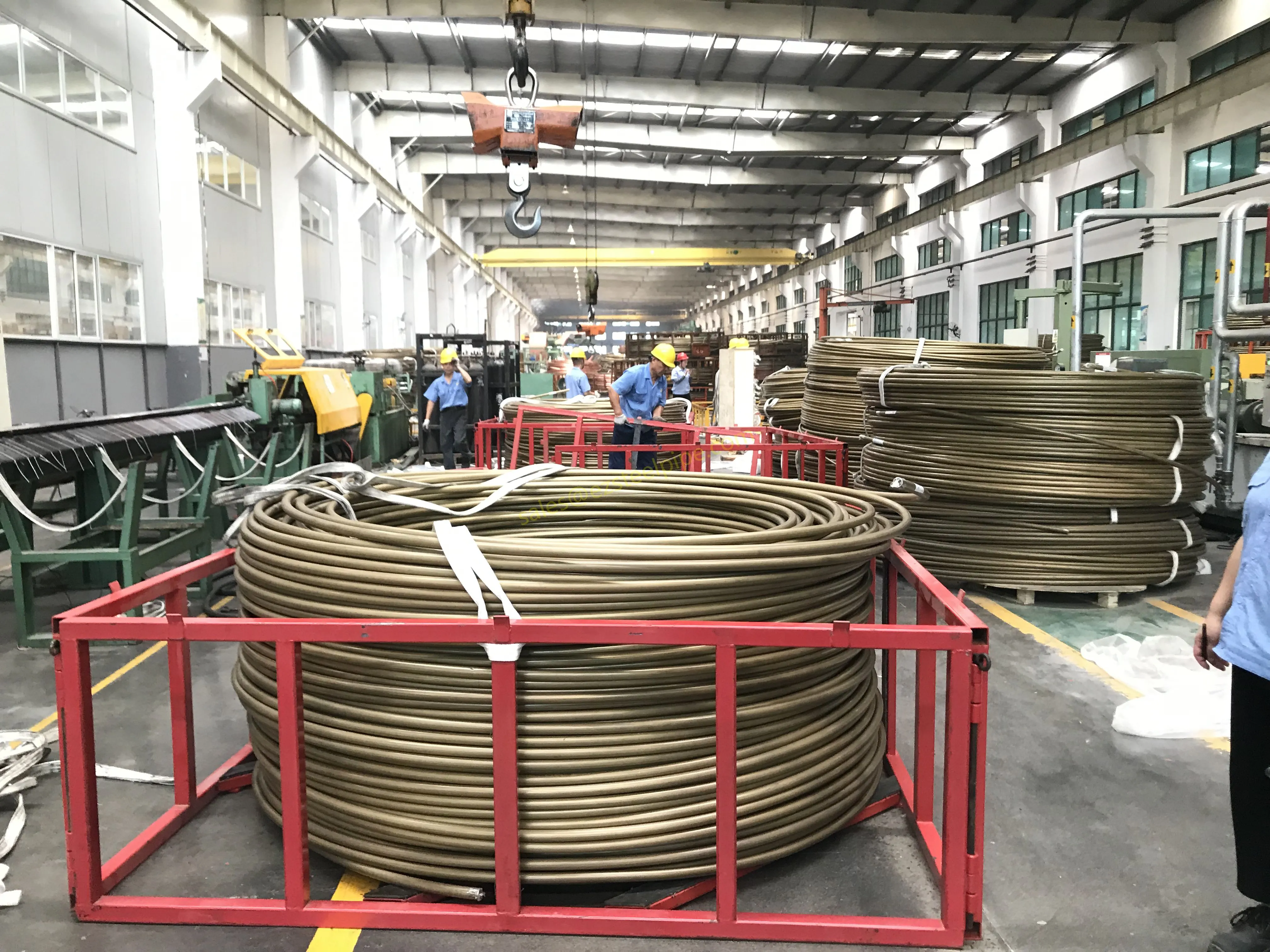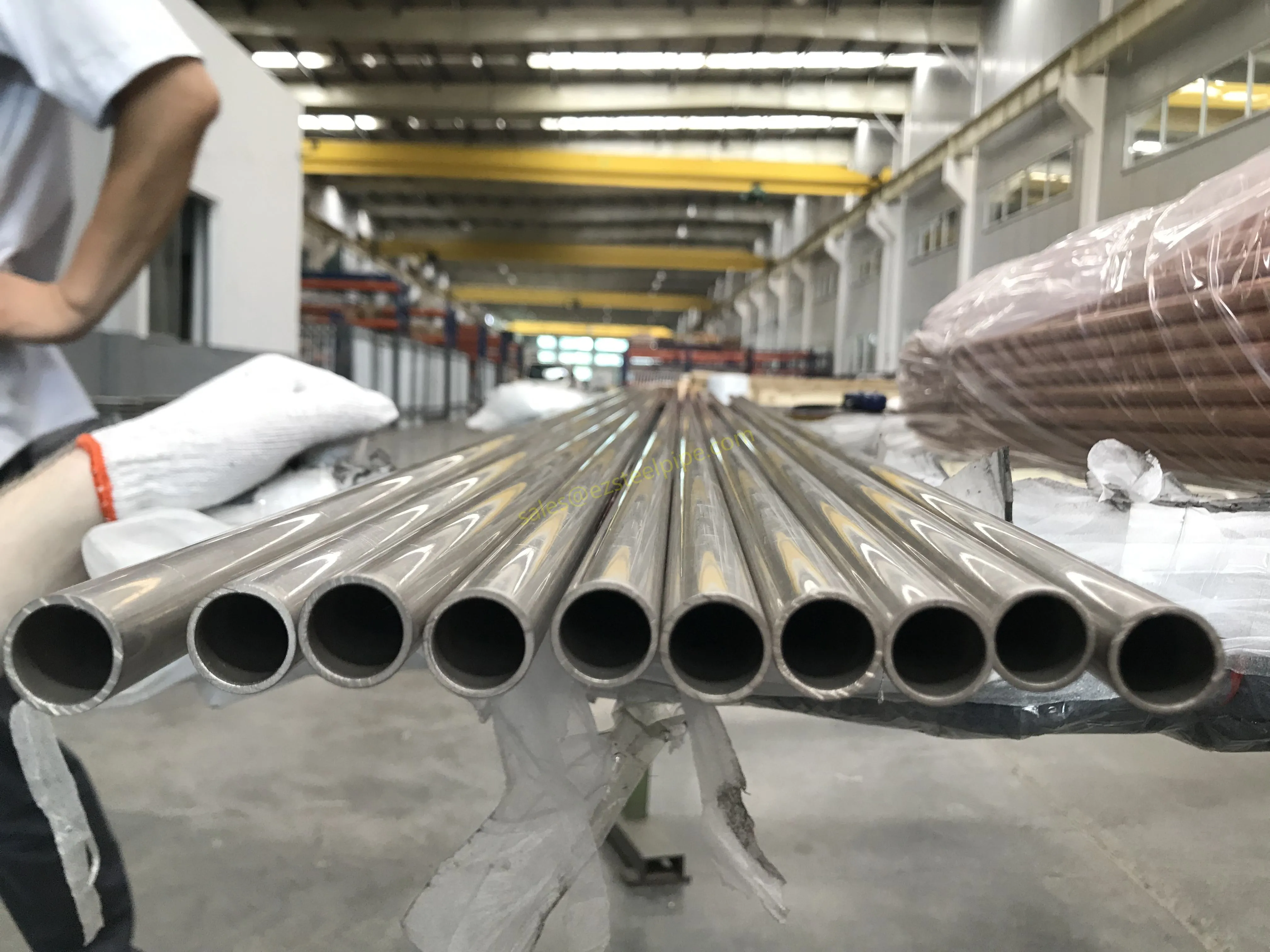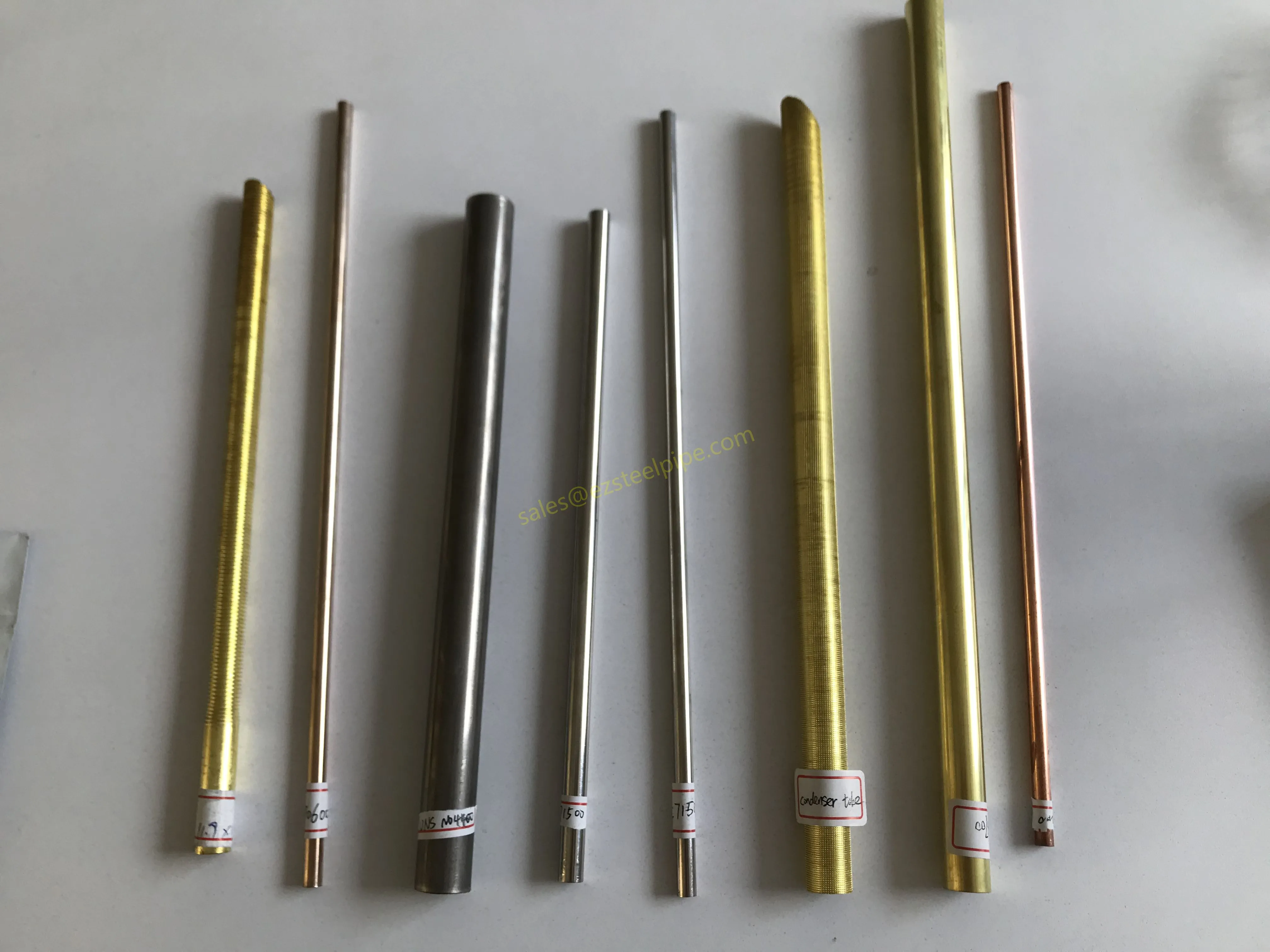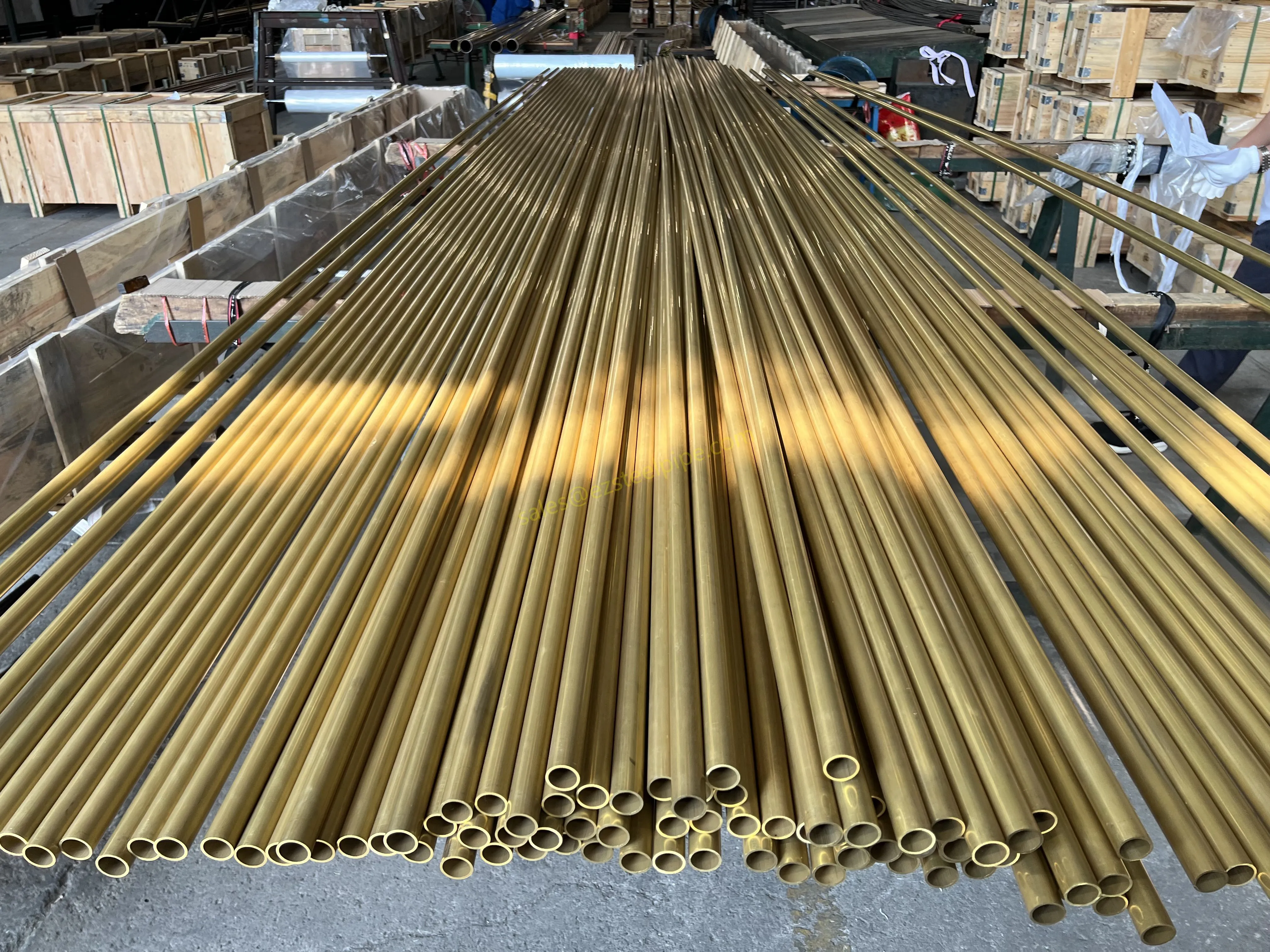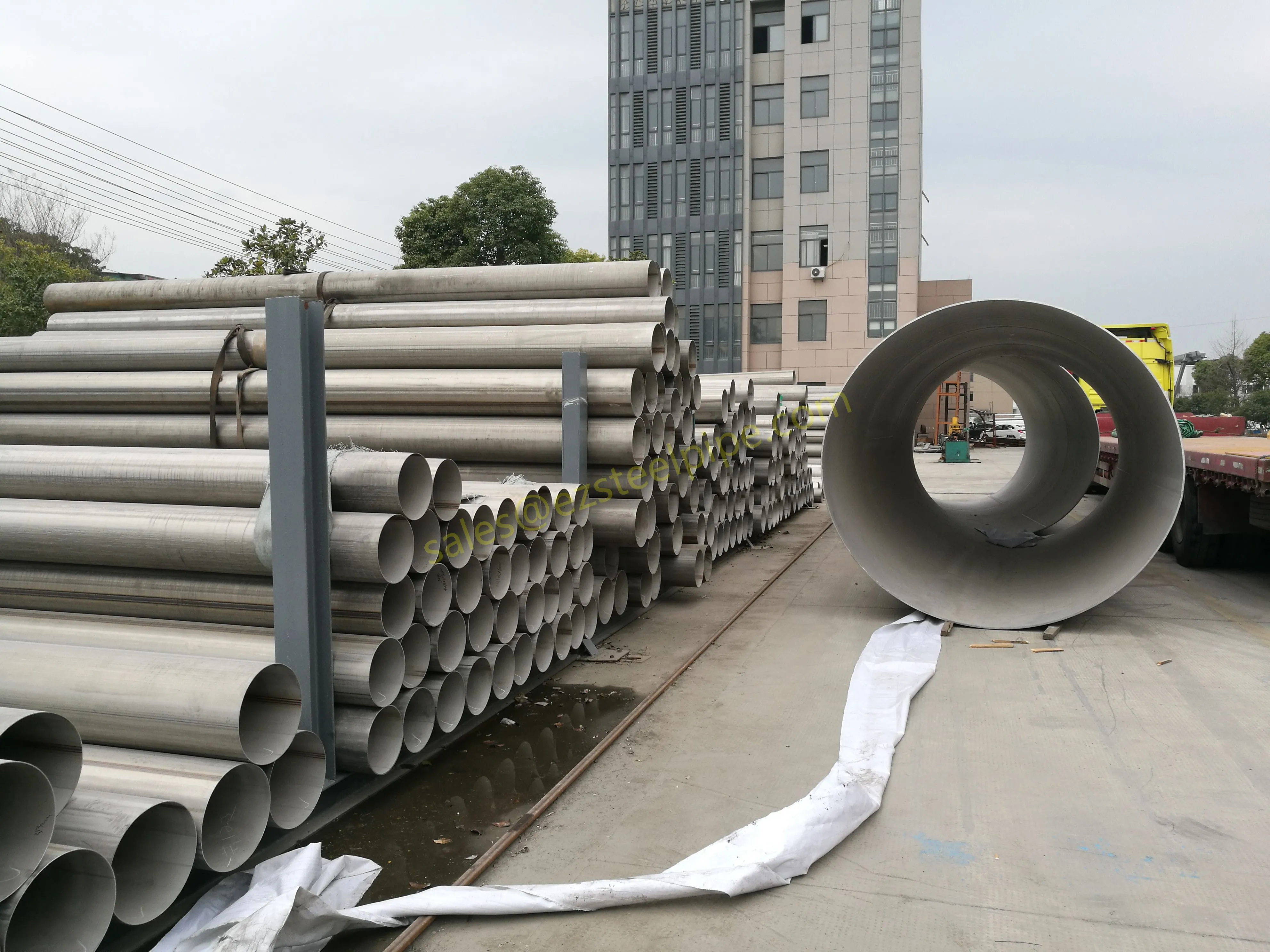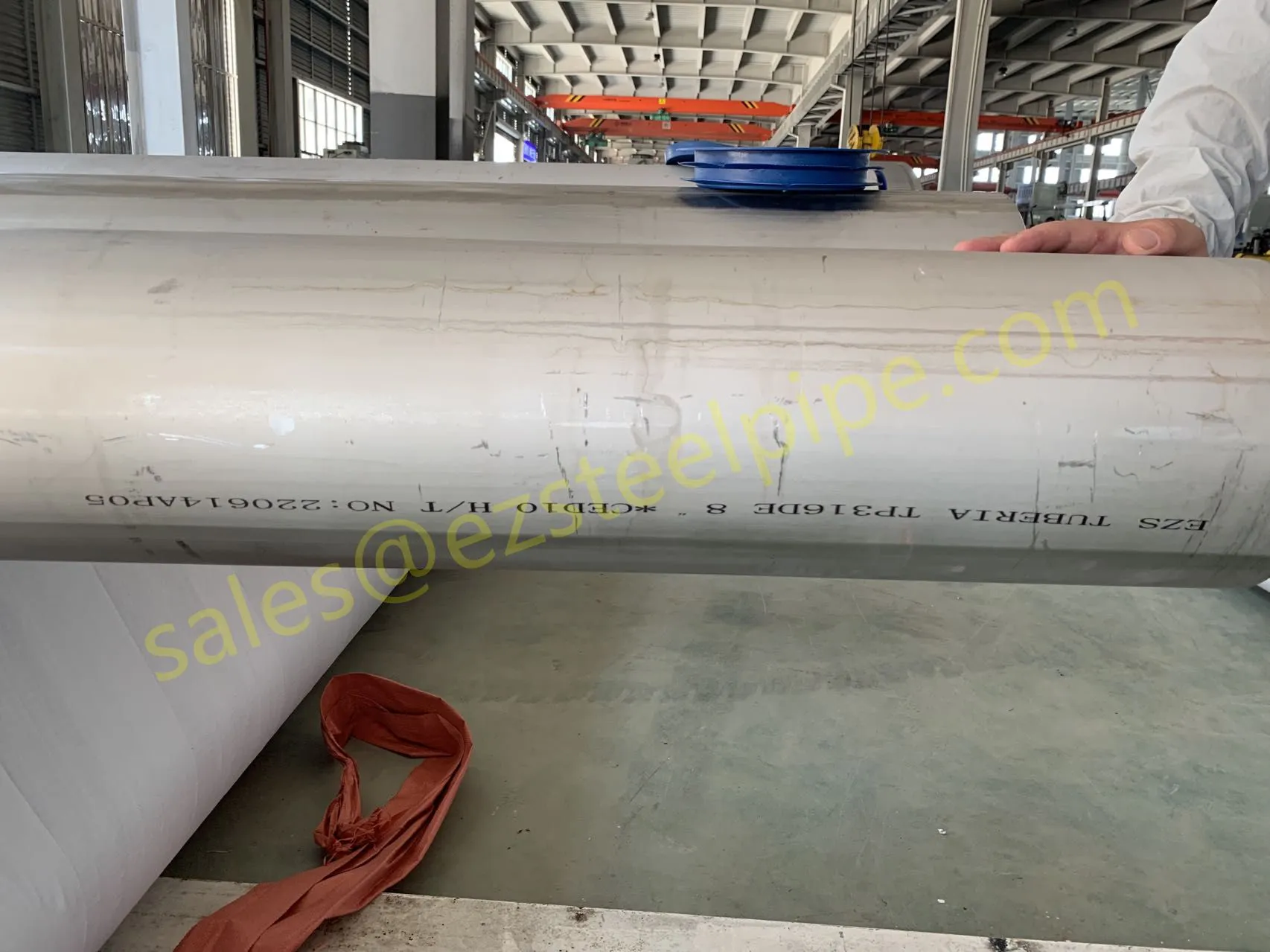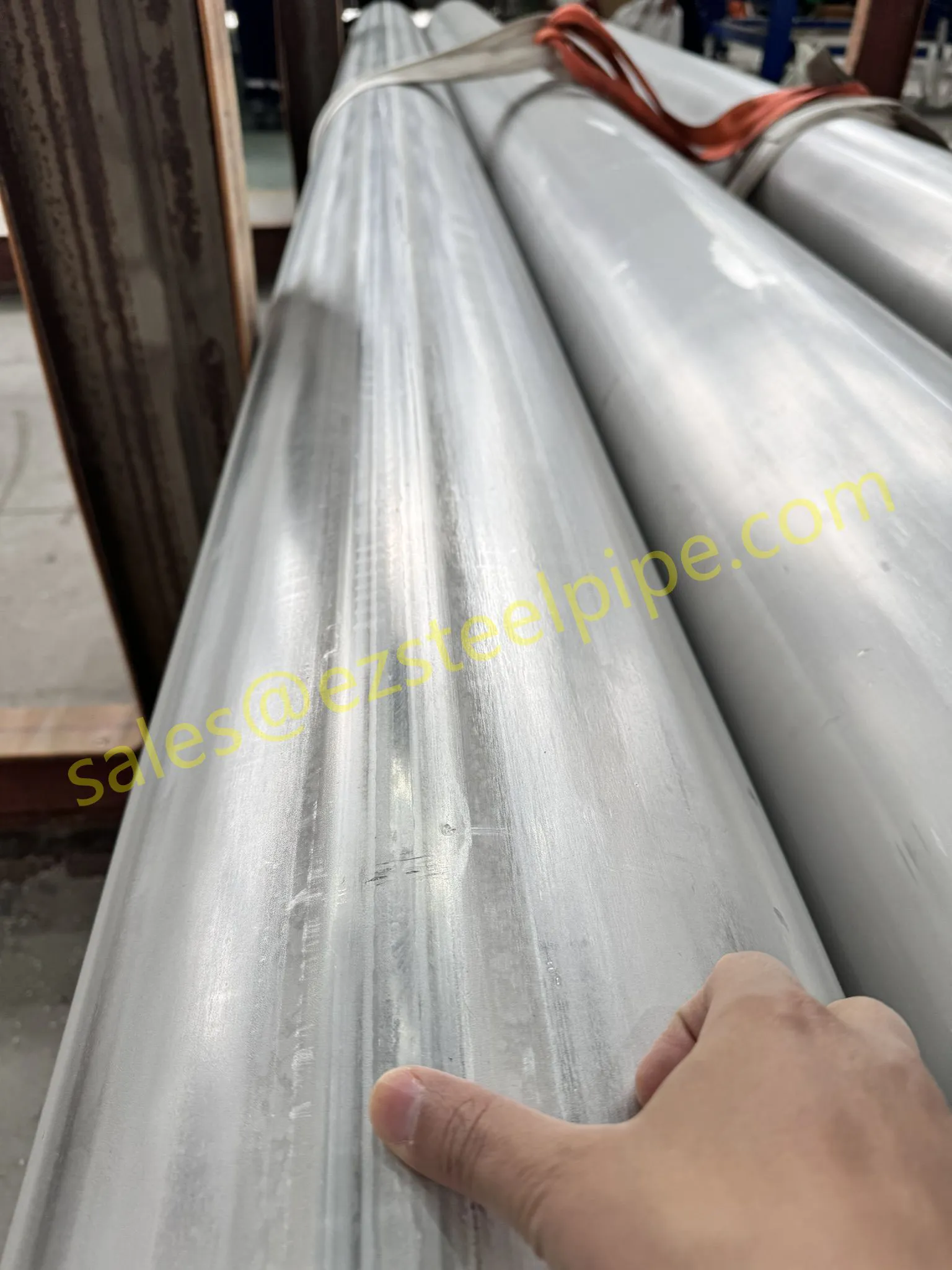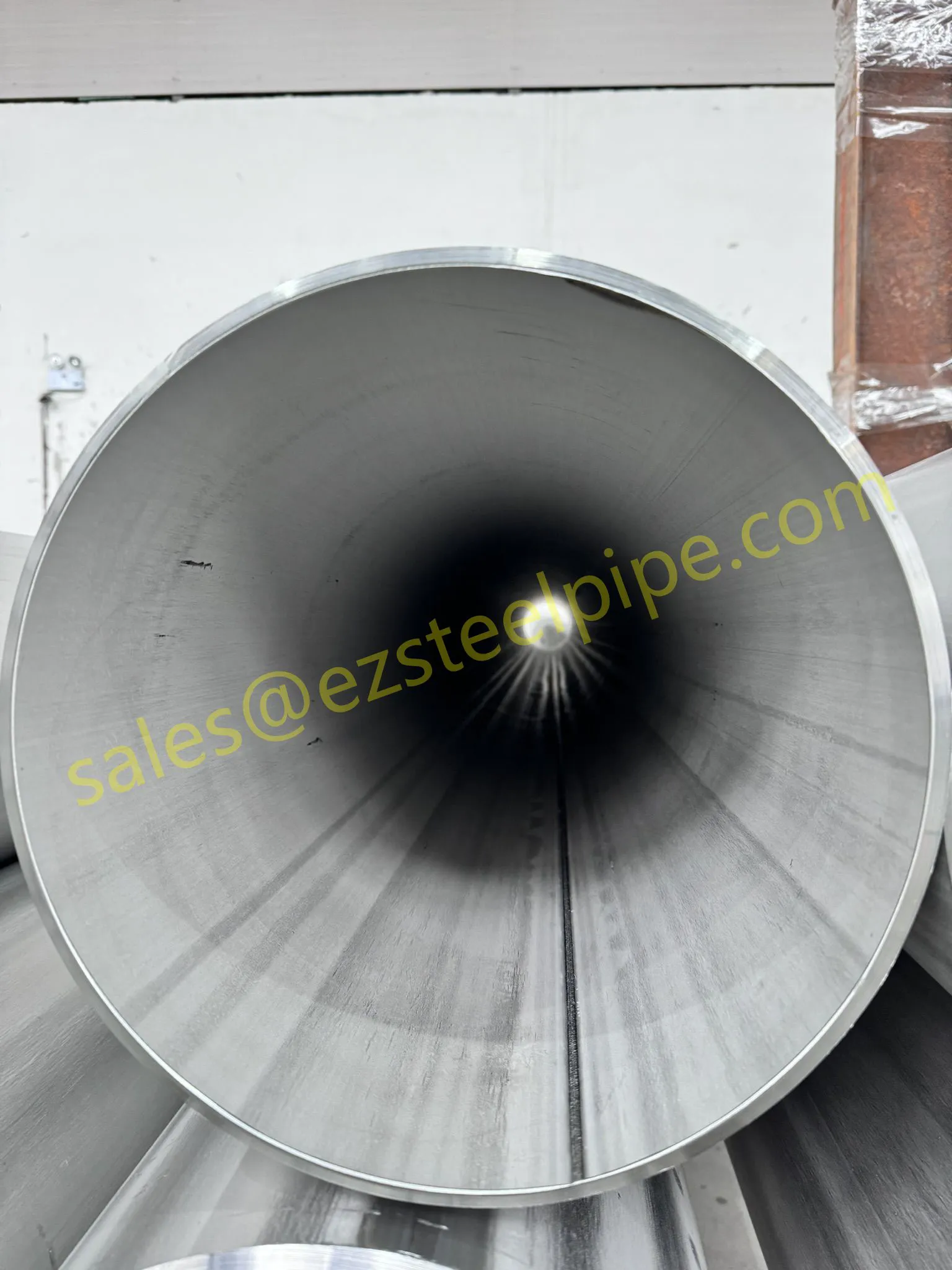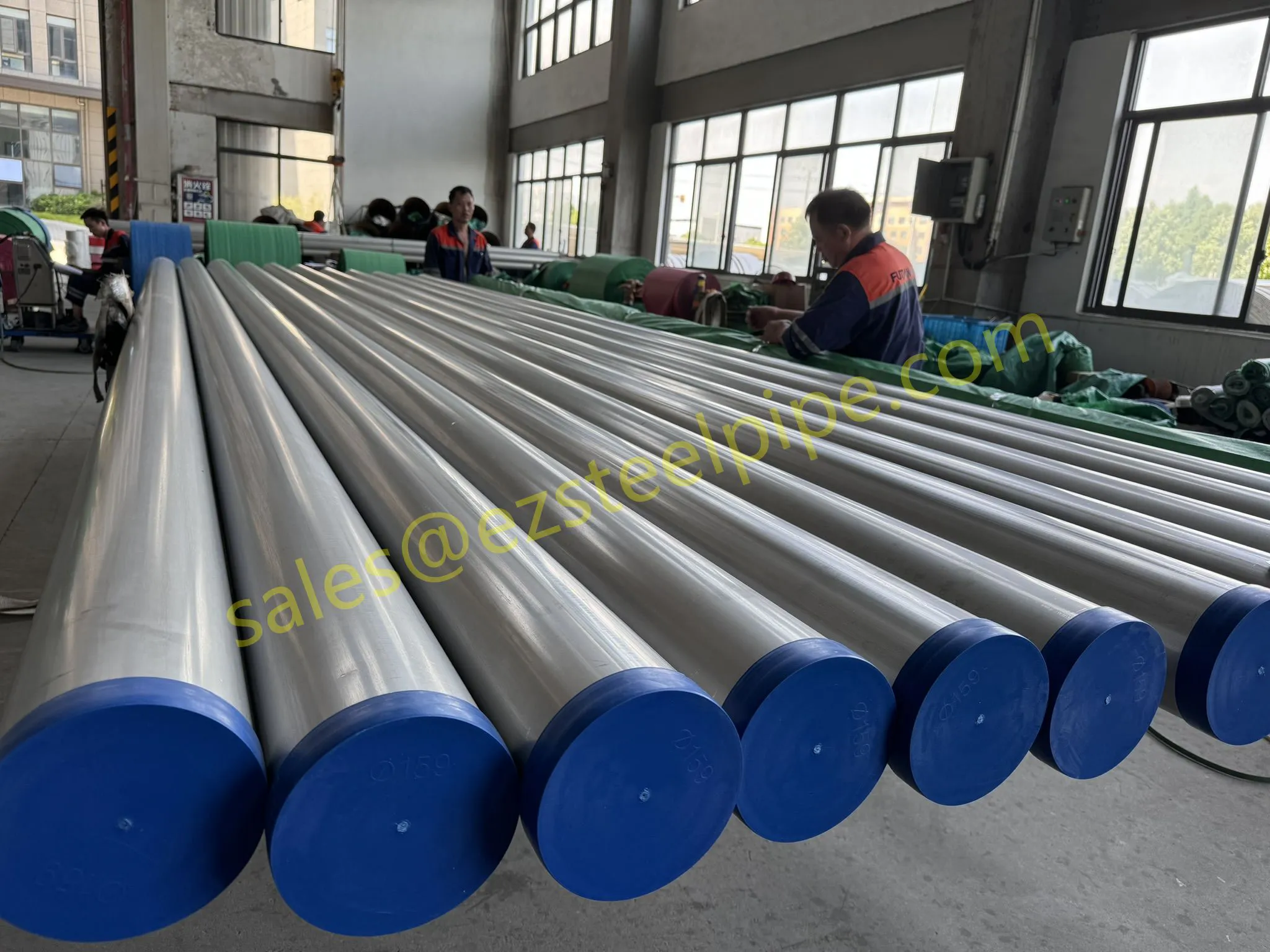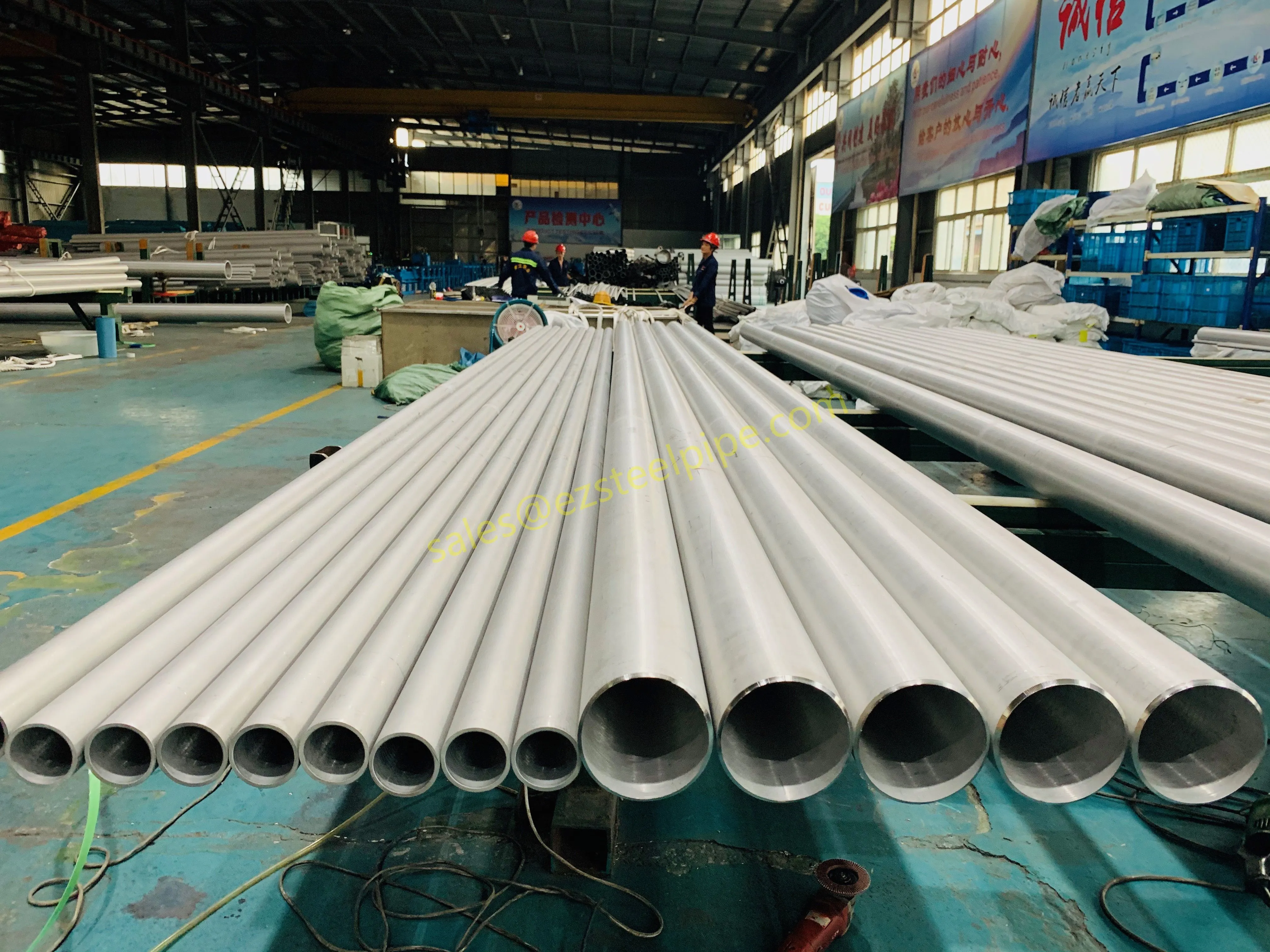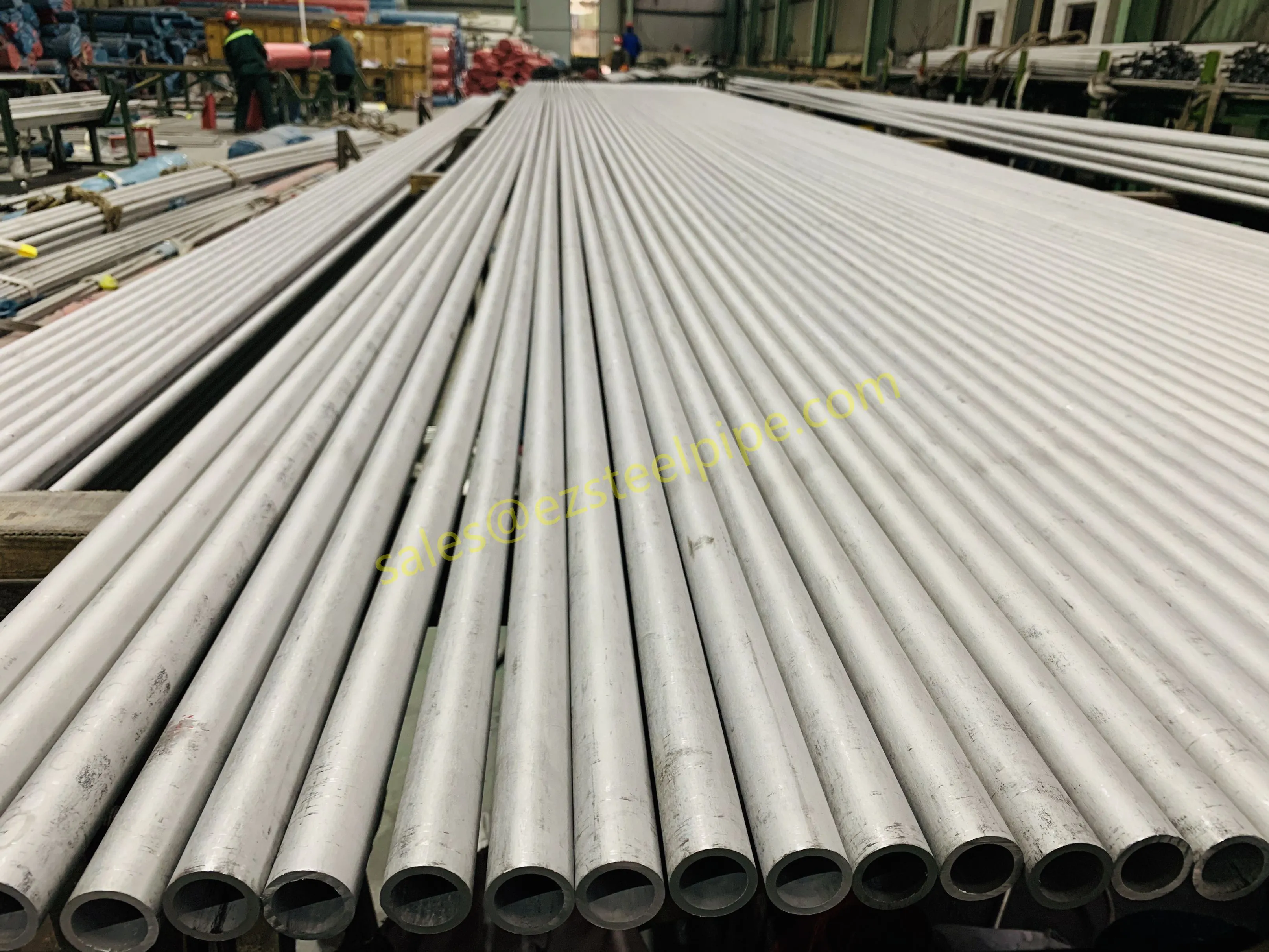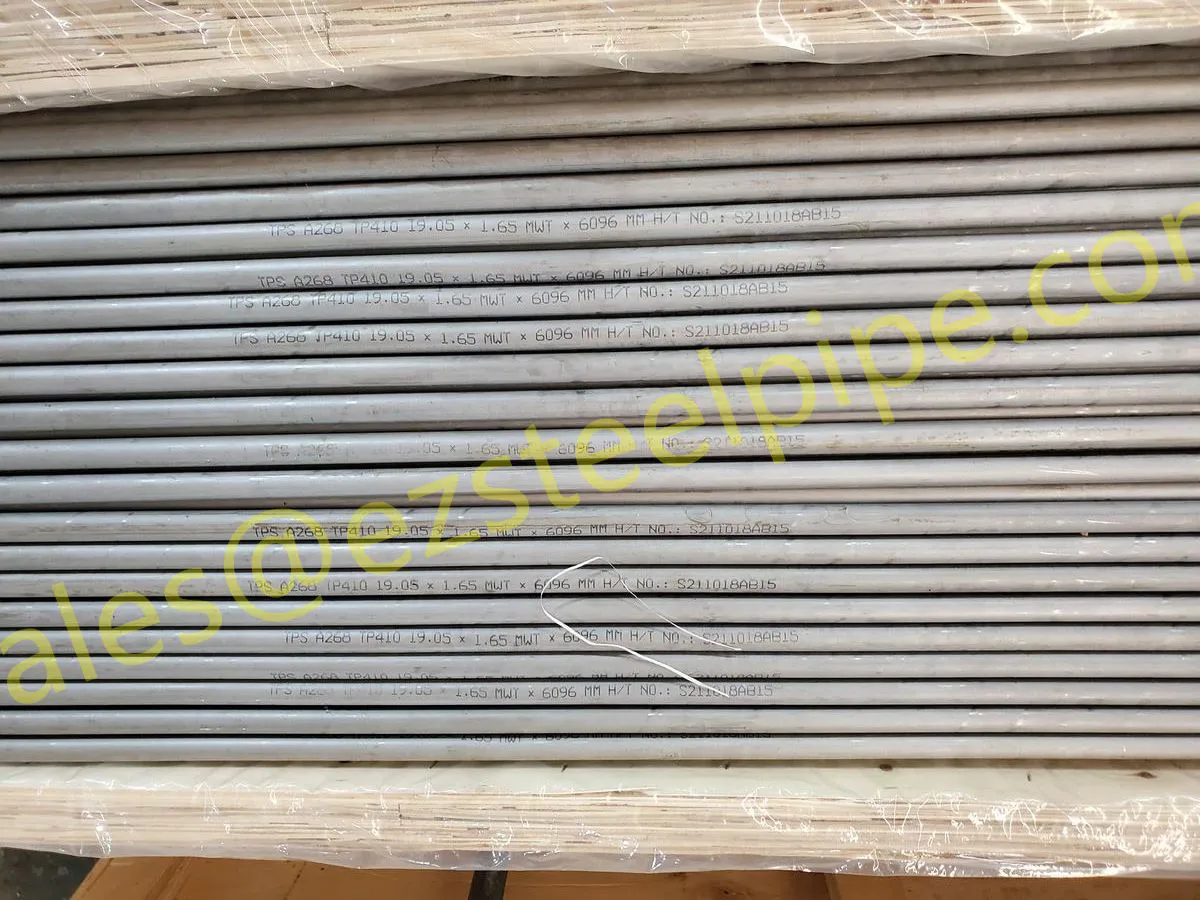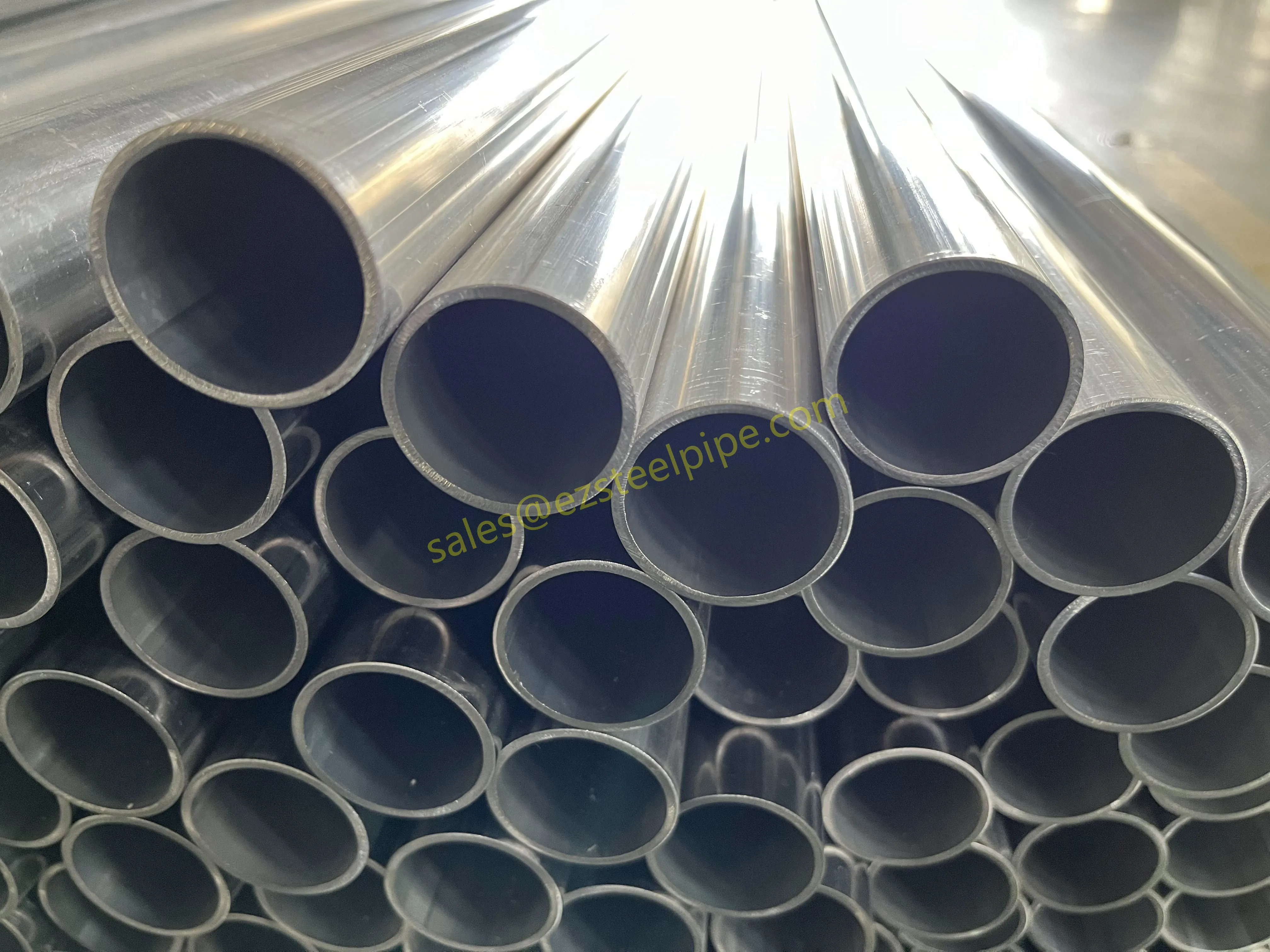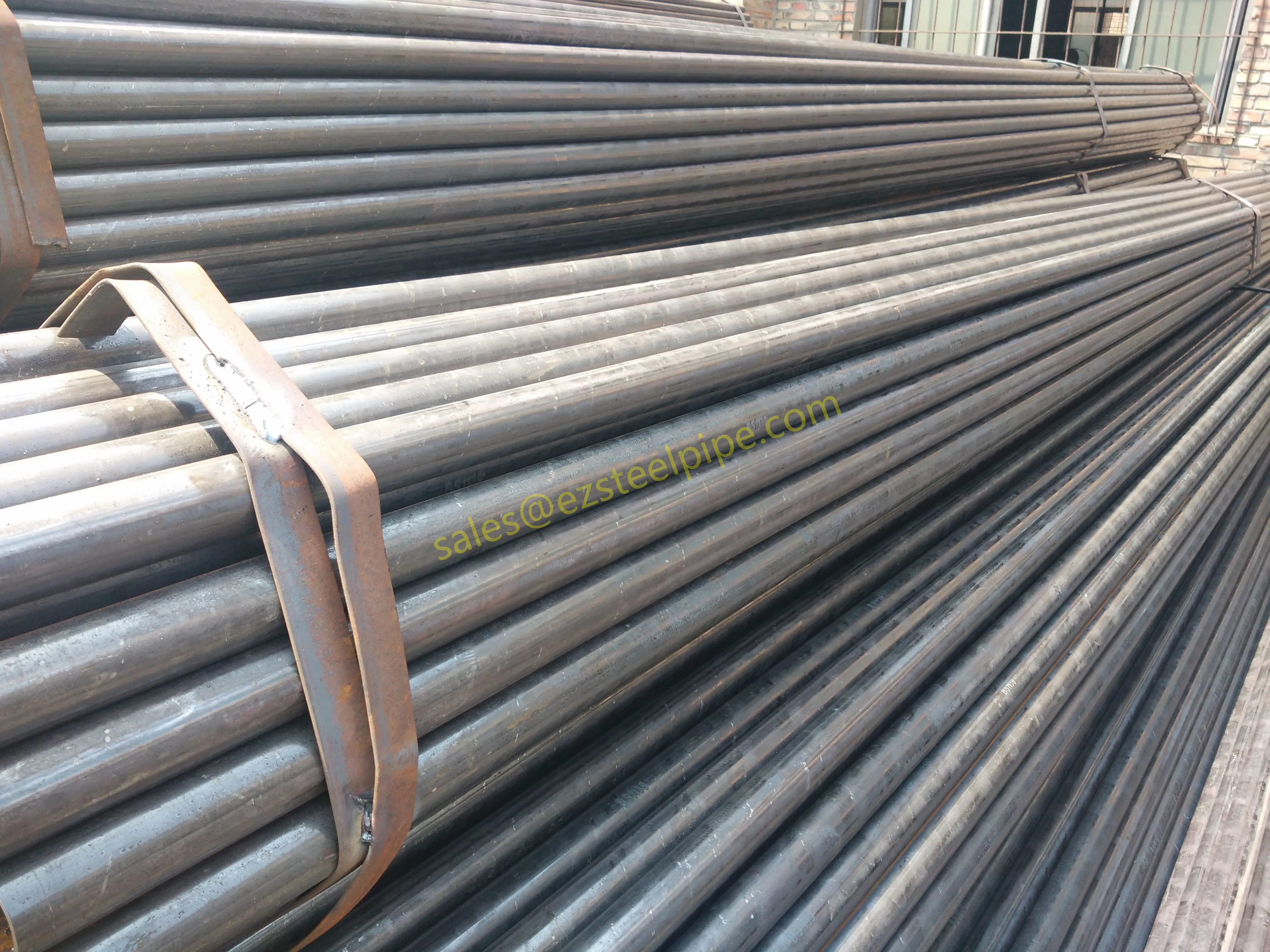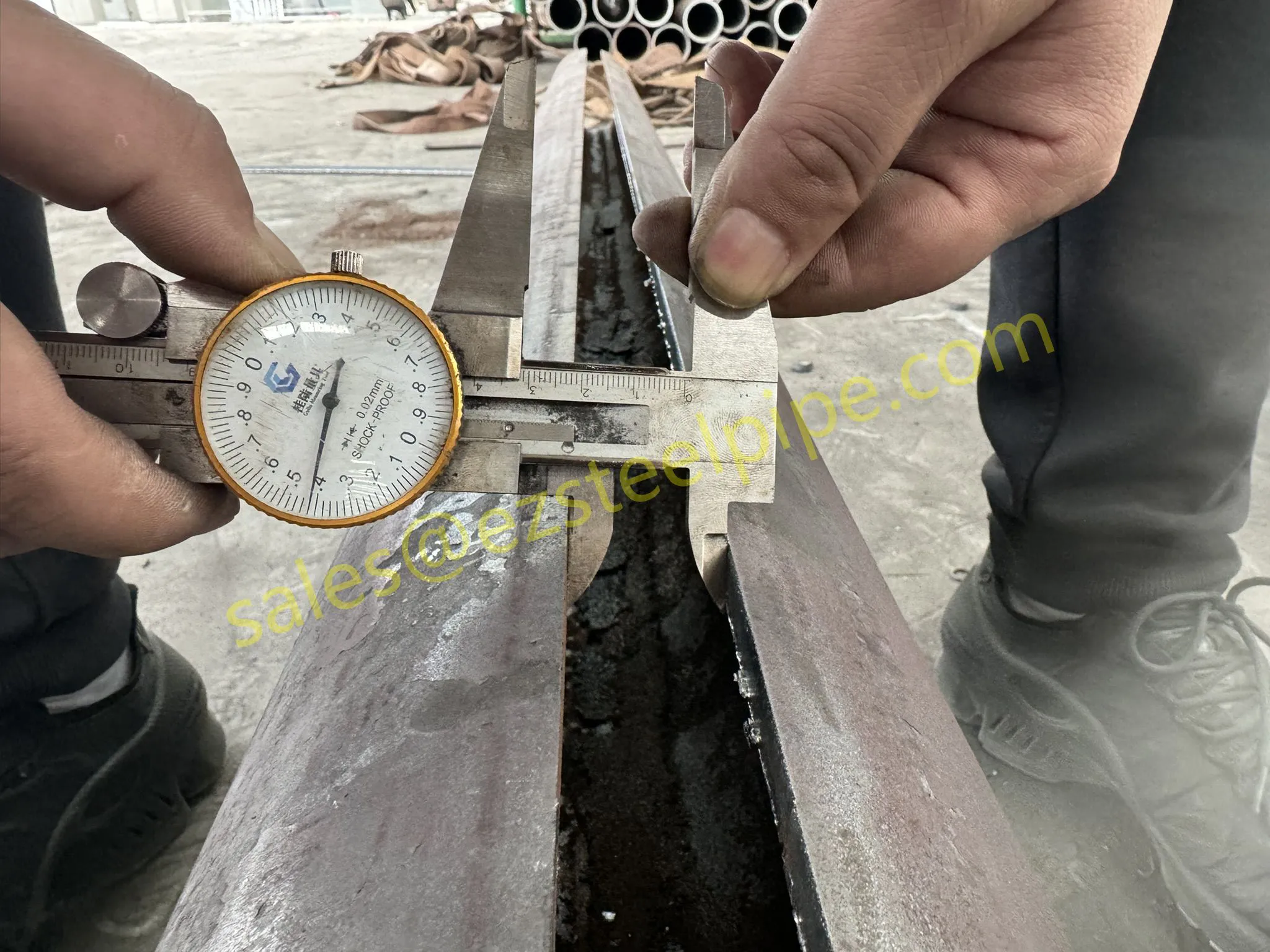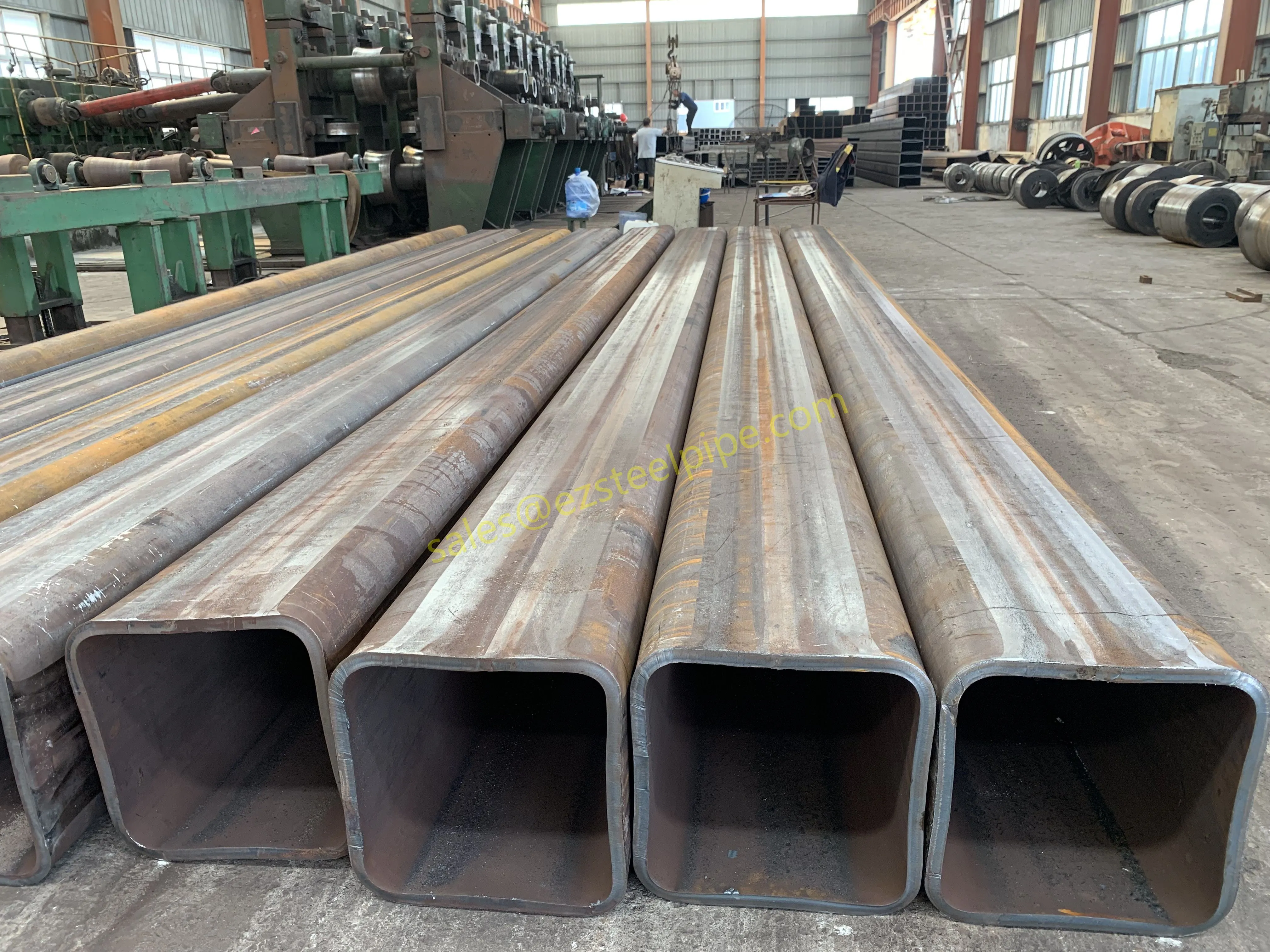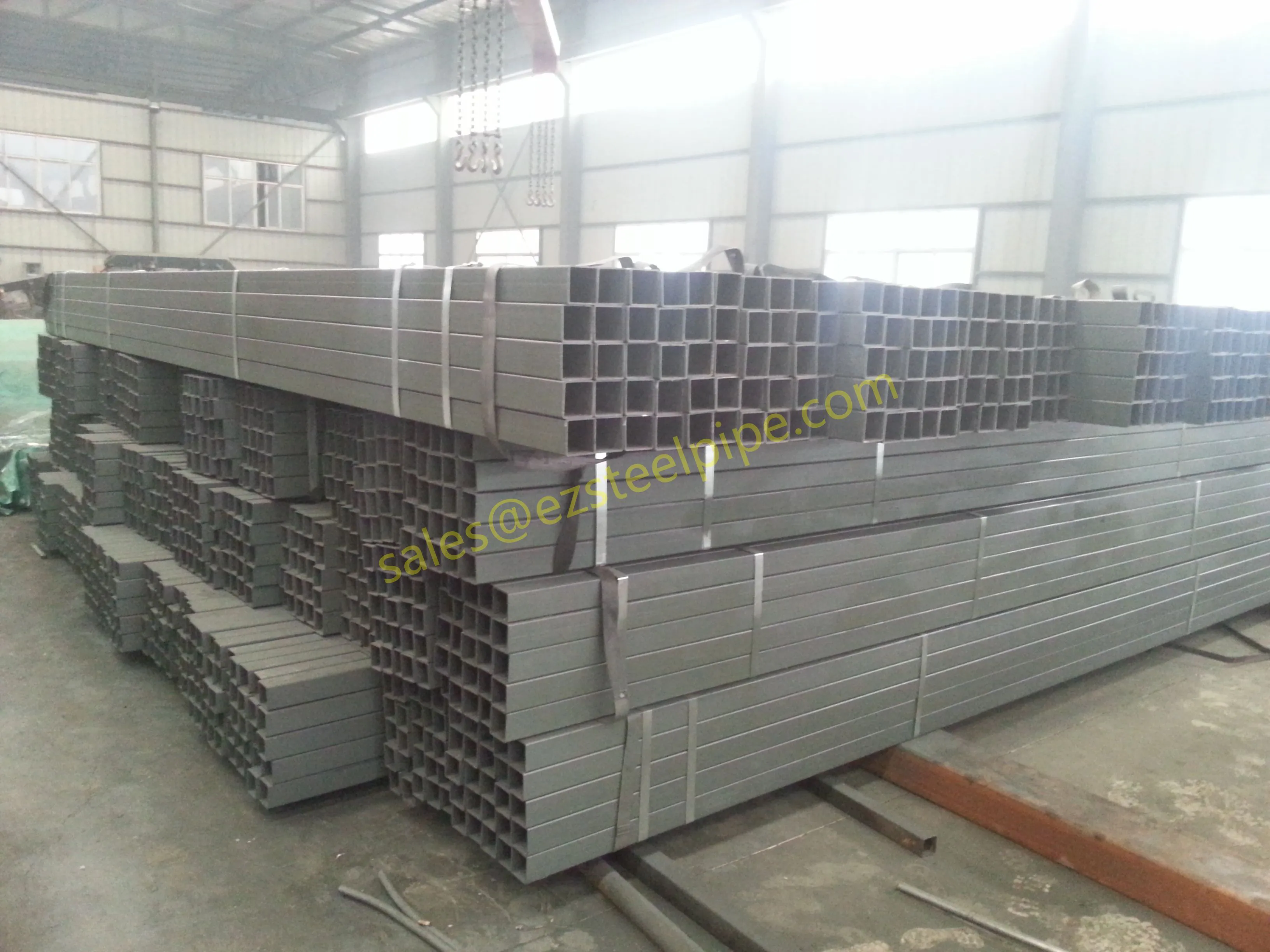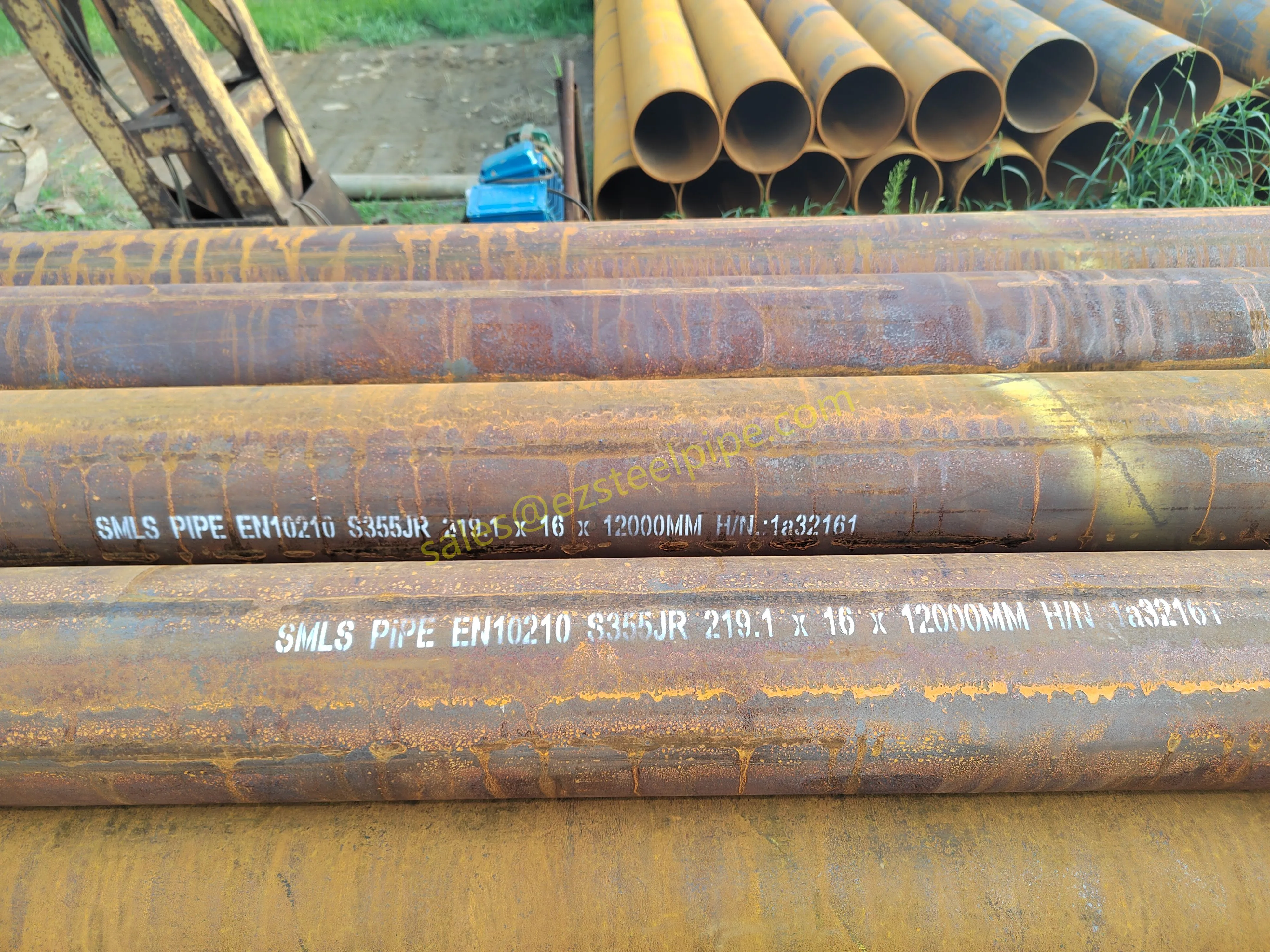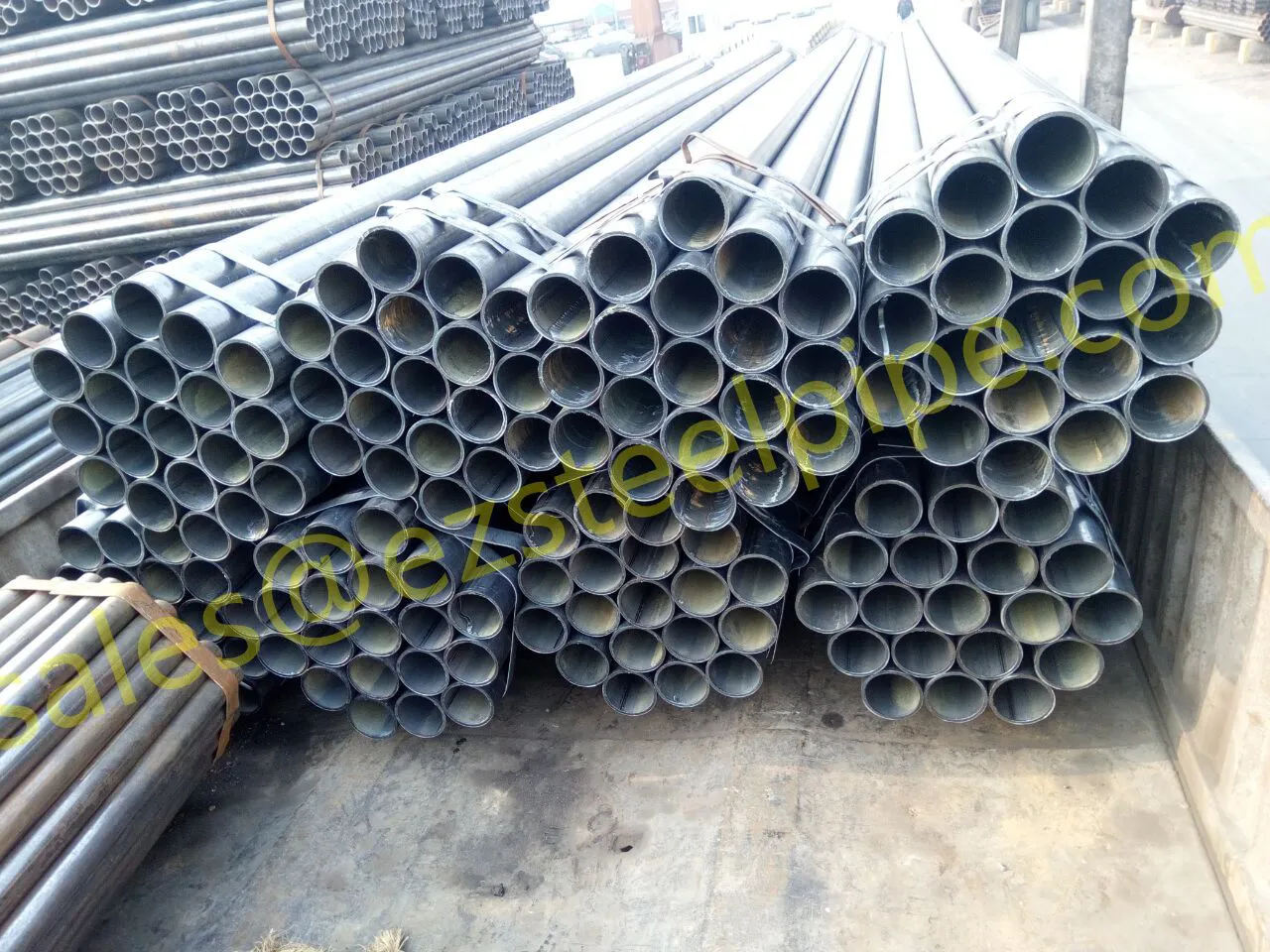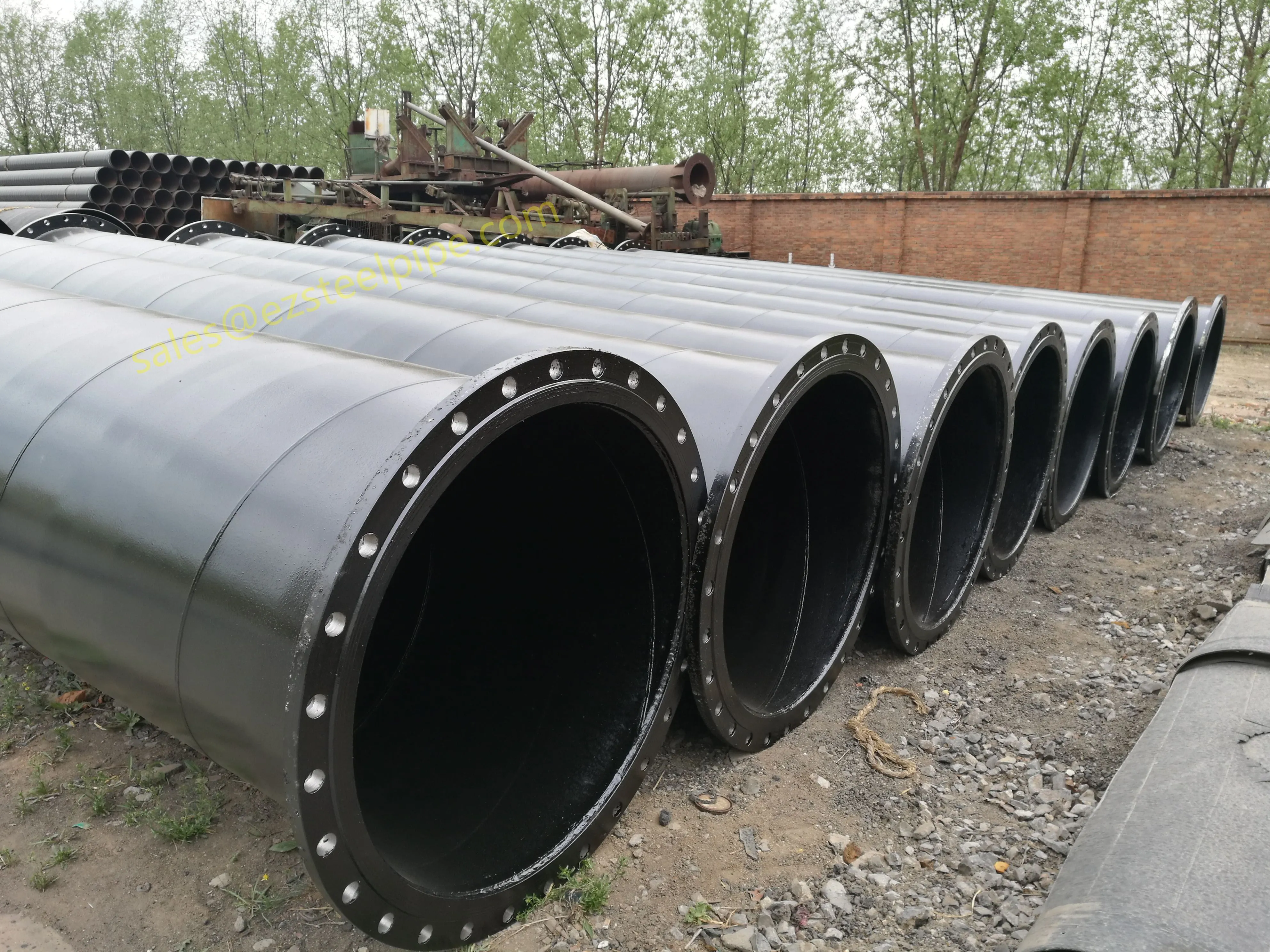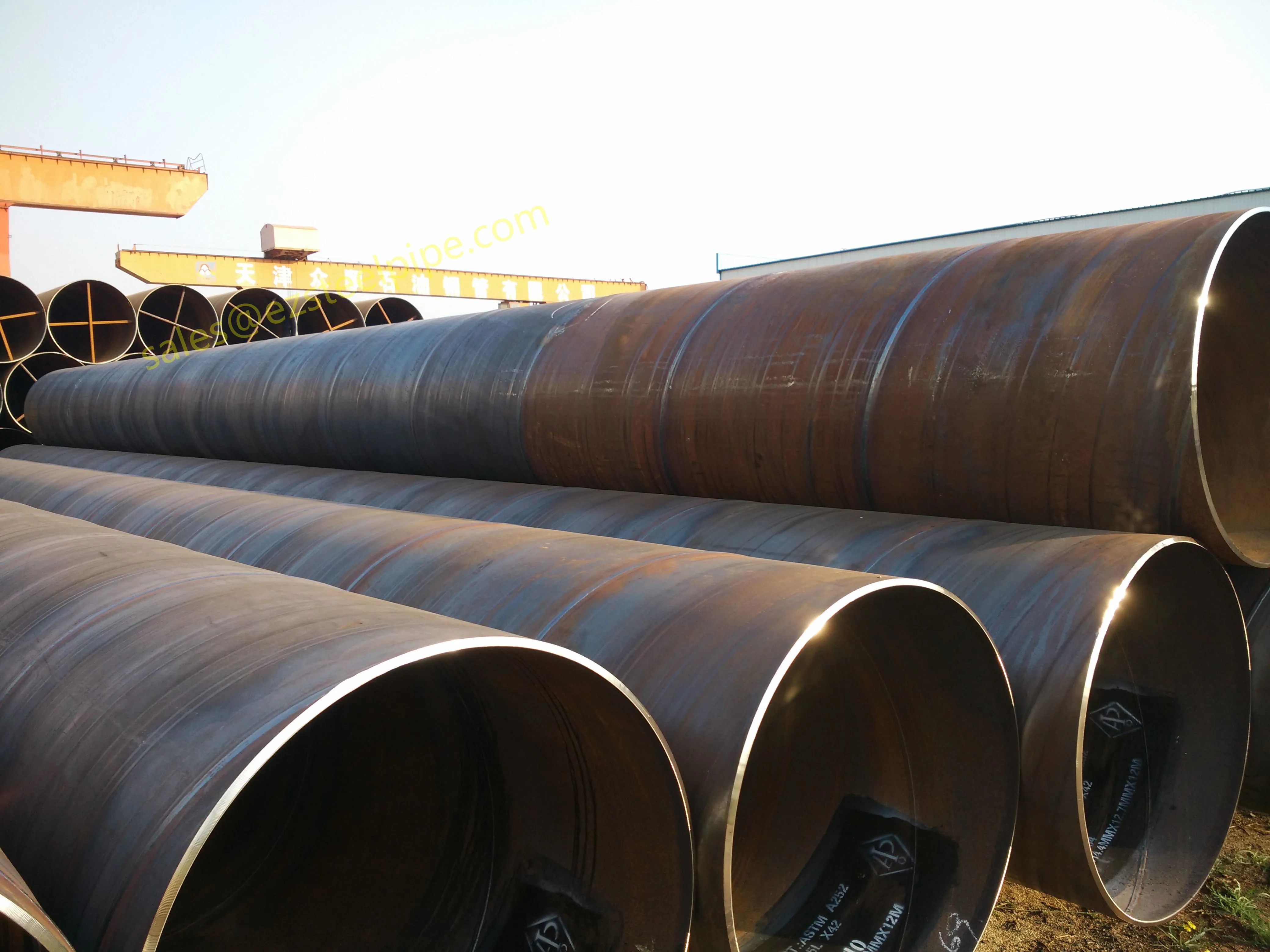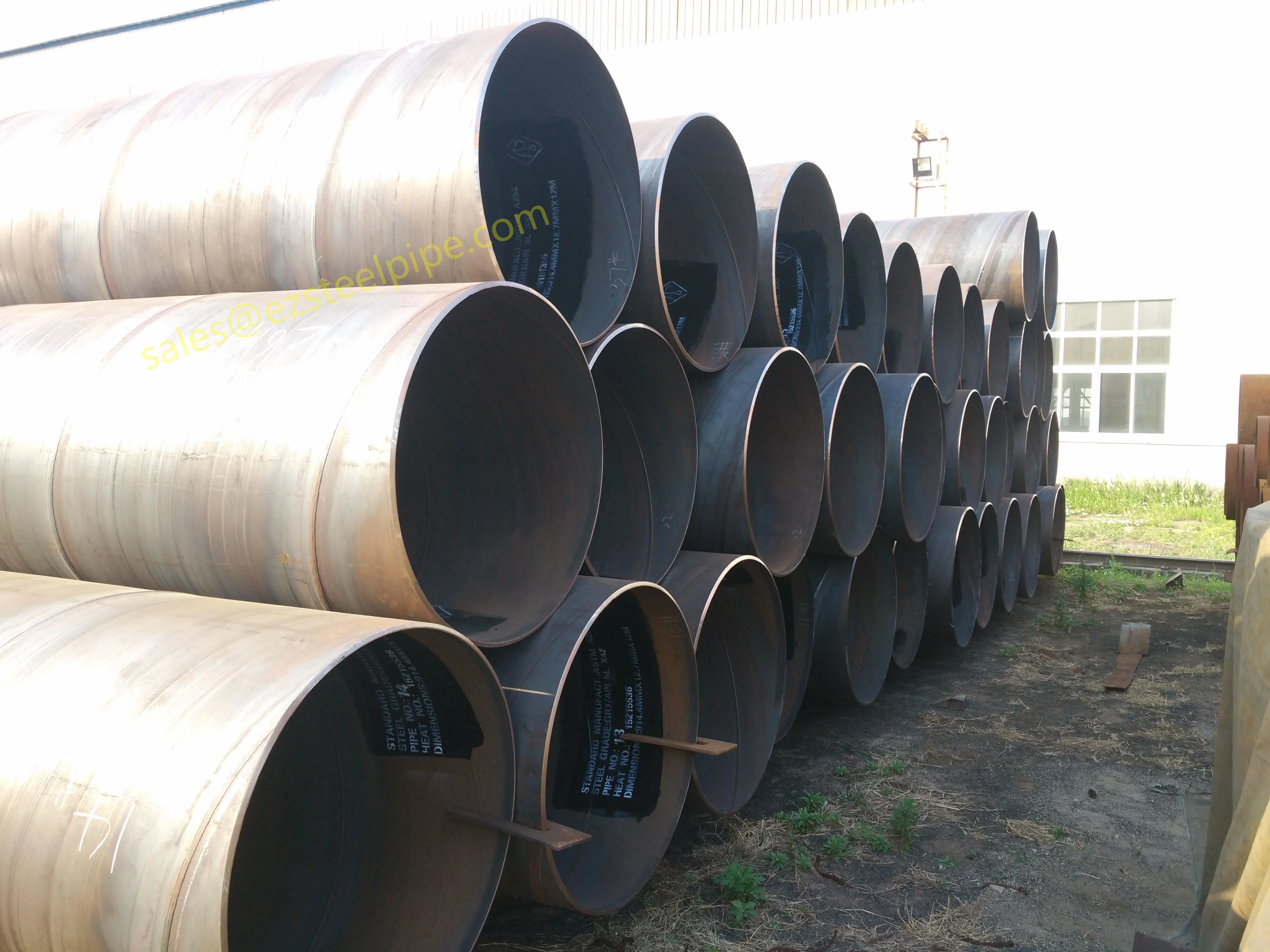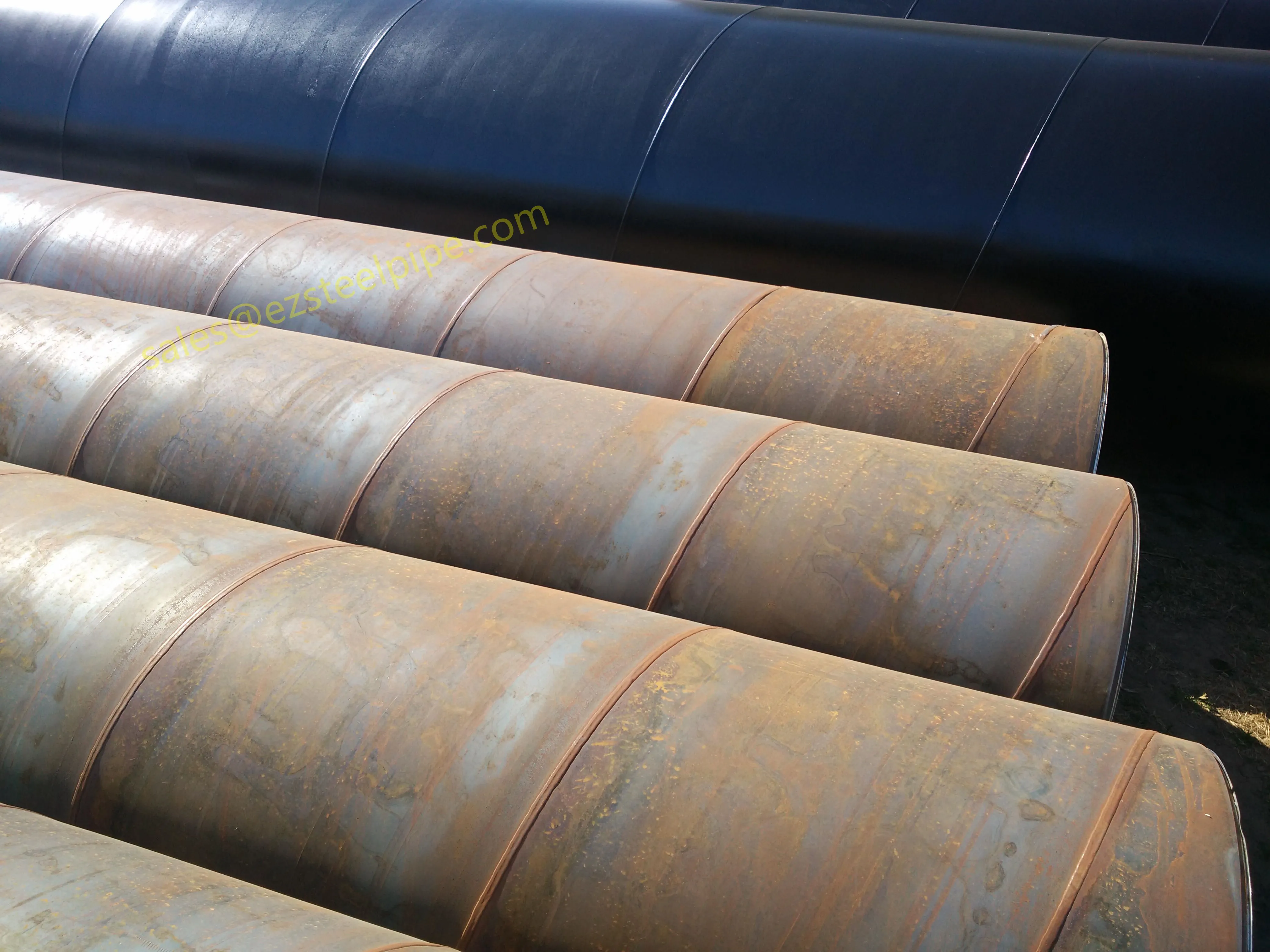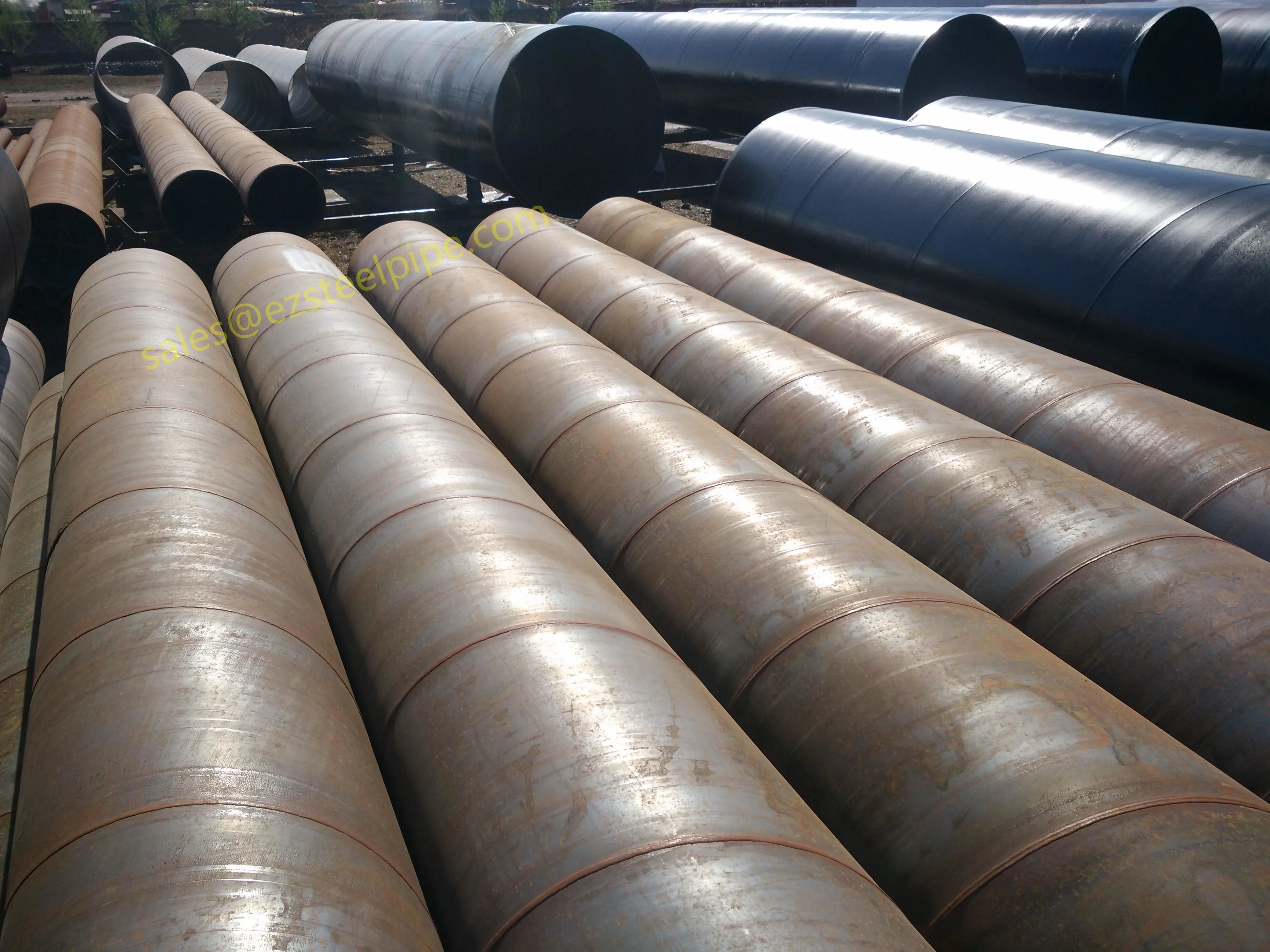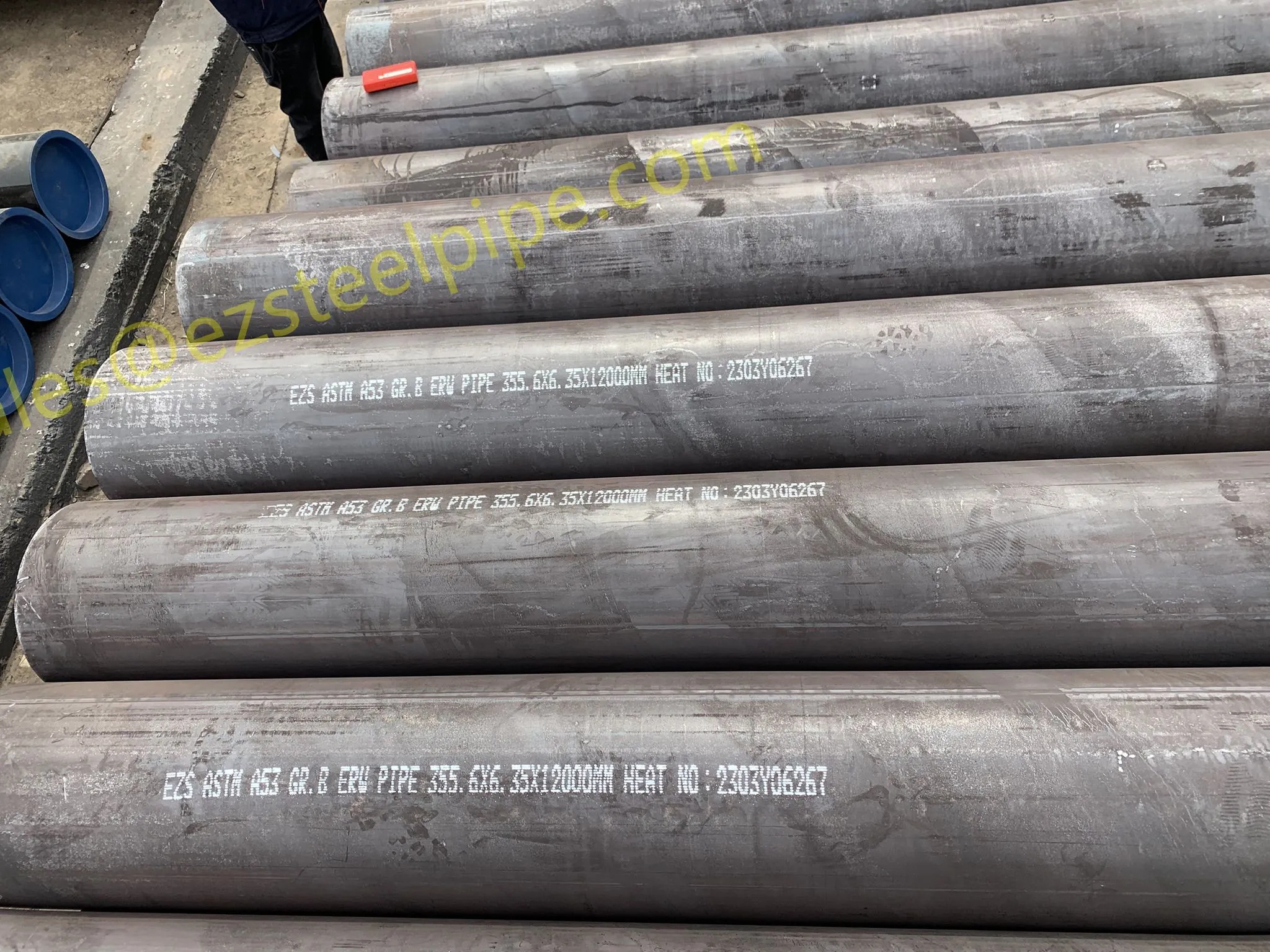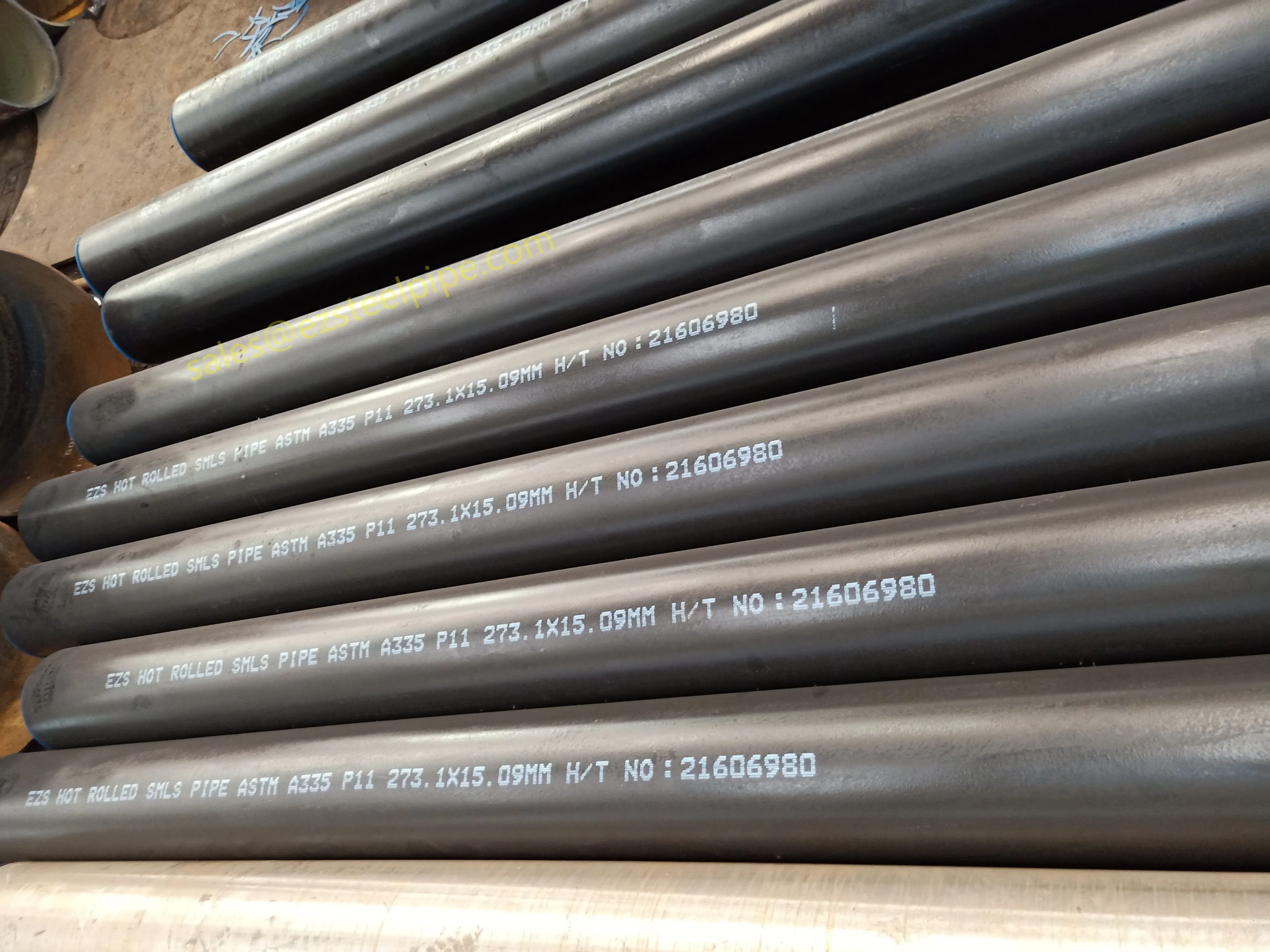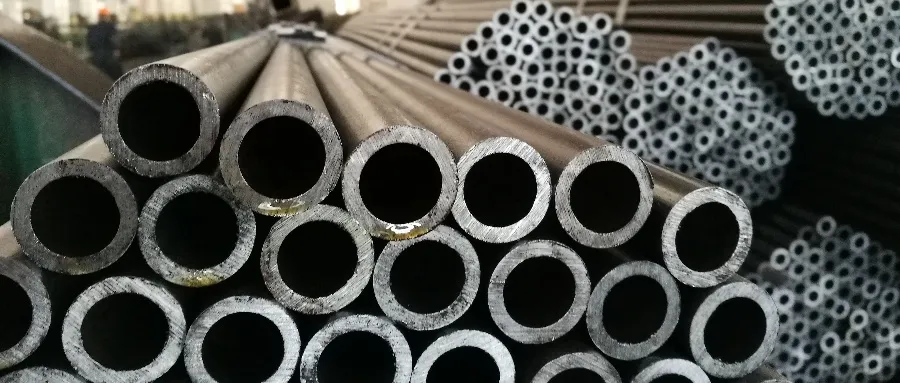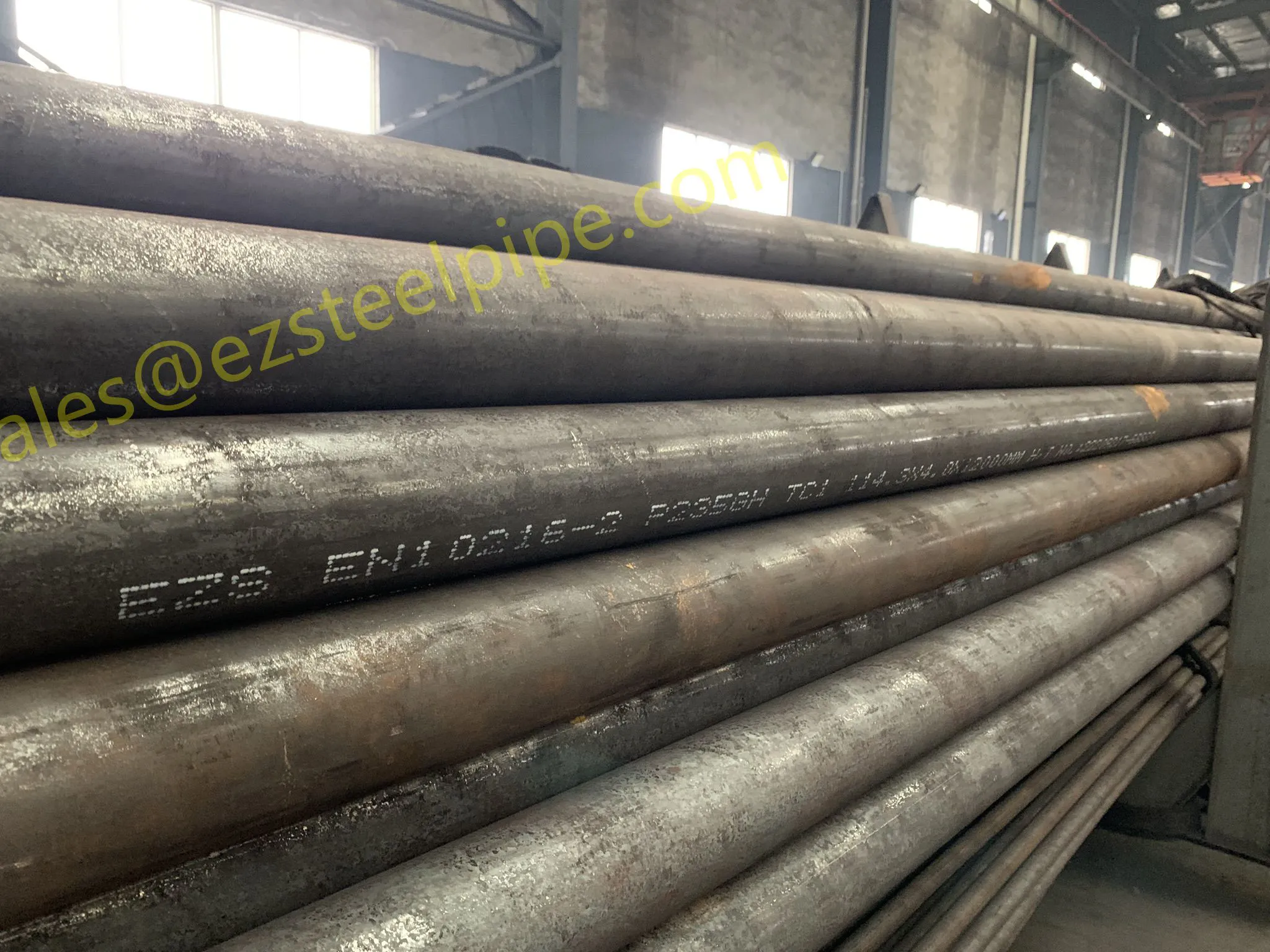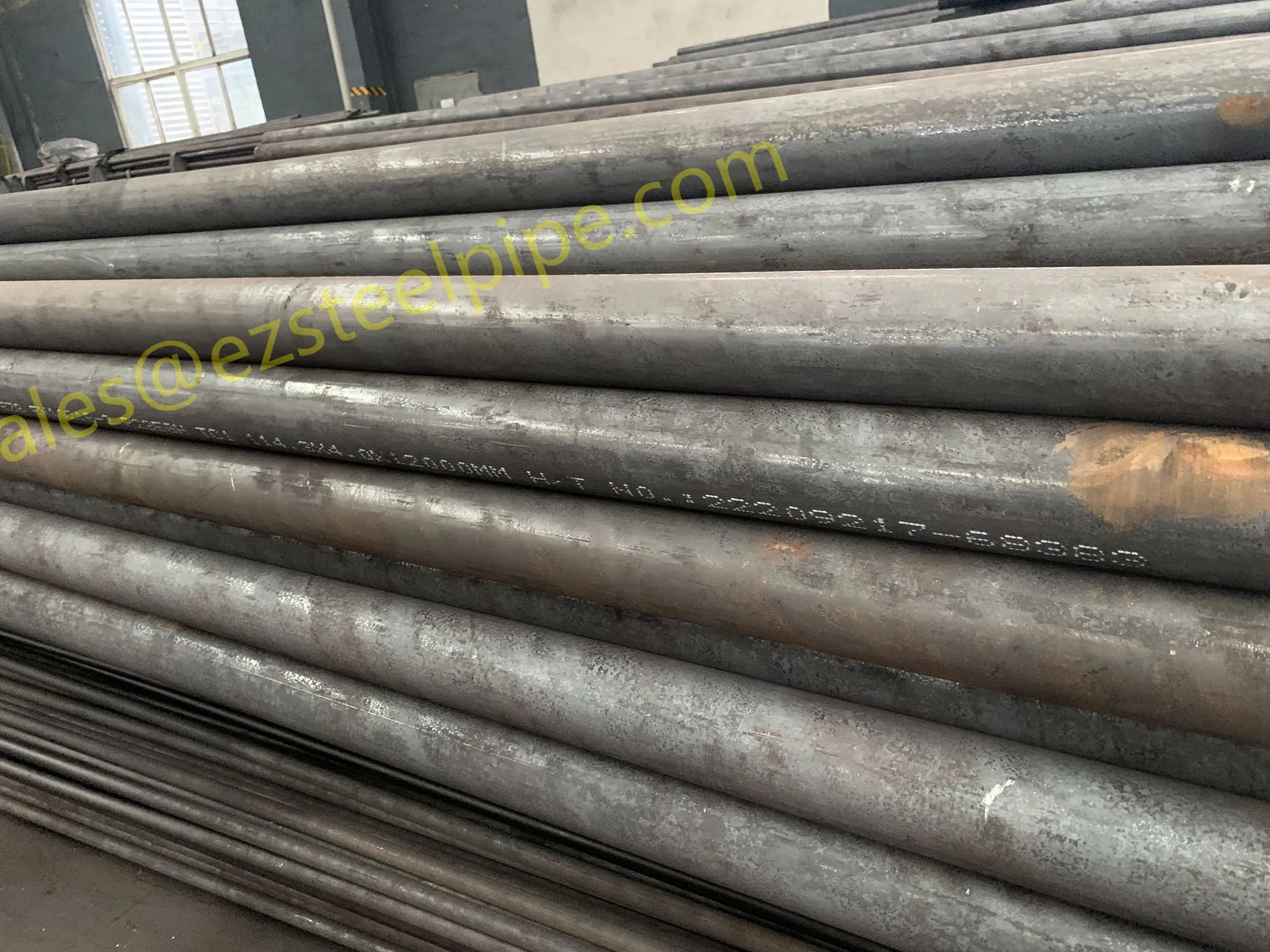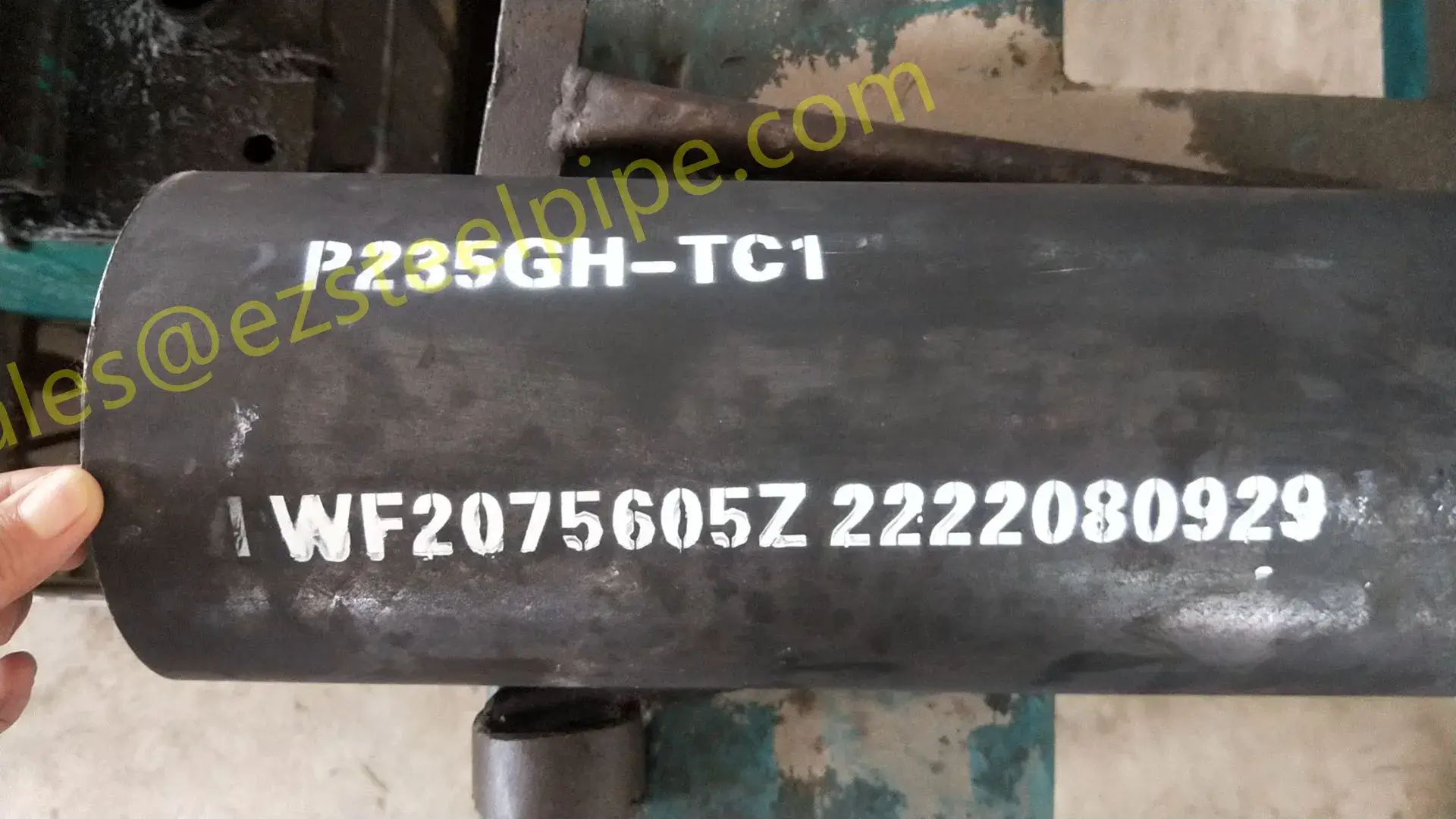Walk onto any construction site, and you'll quickly realize that structural works are the backbone of our built world. From the steel beams holding up a skyscraper to the framework of a bridge spanning a river, every component plays a role in keeping these structures standing strong, safe, and reliable. But here's the thing: not all materials are created equal. When it comes to structural projects, the choice of tubing can make or break a project's success. That's where stainless steel tubes come in—and more specifically, custom stainless steel tubes. In a world where "one-size-fits-all" often falls short, these tailored components are changing the game for engineers, contractors, and project managers alike.
Structural works demand precision, durability, and adaptability. Whether you're building a commercial complex, a industrial plant, or a public infrastructure project, the materials you use need to withstand the test of time, environmental stressors, and the unique demands of the job. Stainless steel has long been a favorite in these spaces for its unbeatable combination of strength and resilience. But when you add "custom" to the mix? That's when you unlock a whole new level of performance.
Why Stainless Steel for Structural Works?
Before diving into the benefits of custom solutions, let's take a step back and appreciate why stainless steel is such a staple in structural works. At its core, stainless steel is a material built to last. Unlike carbon steel, which is prone to rust and corrosion, stainless steel contains chromium—a key ingredient that forms a protective oxide layer on its surface. This layer acts like a shield, preventing moisture, chemicals, and harsh weather from eating away at the metal. For structural projects exposed to the elements—think bridges near the coast, industrial facilities with chemical exposure, or outdoor stadiums—this corrosion resistance is non-negotiable.
But it's not just about durability. Stainless steel also boasts an impressive strength-to-weight ratio. That means it's strong enough to support heavy loads without adding unnecessary bulk, making it ideal for projects where weight management is critical. Imagine a high-rise building: every extra pound in the framework adds stress to the foundation. Stainless steel tubes provide the strength needed without weighing the structure down, allowing for sleeker designs and more efficient construction.
And let's not forget low maintenance. Once installed, stainless steel tubes require minimal upkeep. No frequent painting, no costly rust treatments—just a material that keeps performing, year after year. For structural works with long lifespans (we're talking decades, even centuries), this translates to significant cost savings over time. Plus, stainless steel has a clean, modern look that many architects and designers love, adding aesthetic value to both functional structures and public spaces.
The Power of "Custom": Beyond One-Size-Fits-All
Here's a scenario many in construction have faced: You're working on a structural project, and you order standard stainless steel tubes from a supplier. They arrive, and you start installing—only to realize the diameter is slightly off, the wall thickness is too thin for the load, or the length leaves awkward gaps between joints. Suddenly, you're stuck. Do you force the tubes to fit, risking structural integrity? Or do you delay the project to reorder, blowing your timeline and budget? It's a frustrating situation, and it highlights a major flaw in relying on standard tubing: projects are rarely "standard."
Structural works are as unique as the visions behind them. A bridge over a river has different load requirements than a factory's support beams. A stadium's roof framework needs to curve in specific ways, while a commercial building's columns demand straight, precise lines. Standard tubes, designed to meet broad industry averages, simply can't account for these nuances. That's where custom stainless steel tubes step in. By tailoring every aspect—from diameter and length to wall thickness and even surface finish—to your project's exact specs, custom tubes eliminate the guesswork and ensure a perfect fit from day one.
Key Benefits of Custom Stainless Steel Tubes in Structural Works
1. Precision Engineering for a Perfect Fit
One of the biggest advantages of custom stainless steel tubes is precision. When you work with a supplier to create custom tubes, you're not limited to pre-set dimensions. Need a tube with a 6.5-inch diameter instead of the standard 6 or 7? No problem. Require a wall thickness of 0.25 inches to support a specific load, rather than the standard 0.2 or 0.3? Done. Even lengths can be tailored—whether you need 12.75 feet for a tight corner or 20-foot sections for a spanning beam, custom tubes are cut to your exact measurements.
This precision matters because gaps, misalignments, and ill-fitting components are structural enemies. A tube that's slightly too short might require adding extra joints, weakening the overall structure. A diameter that's off could create uneven load distribution, leading to stress cracks over time. Custom tubes eliminate these issues by ensuring every piece fits seamlessly into the project's design. For example, consider a recent project where a team was building a pedestrian bridge in a urban area. The bridge's unique curved design required tubes with specific bend radii and lengths. Standard tubes couldn't match the curvature, leading to uneven stress points during testing. After switching to custom stainless steel tubes, the fit was perfect, and the bridge passed load tests with flying colors—all without delays.
2. Enhanced Structural Integrity
Structural integrity isn't just about strength—it's about how well a material can withstand the specific demands of its environment. Custom stainless steel tubes are engineered to do exactly that. By analyzing your project's load requirements, environmental conditions, and lifespan goals, manufacturers can adjust the tube's composition and design to maximize performance.
For instance, if your structural work is in a coastal area with high salt exposure, a custom tube can be made with a higher chromium content to boost corrosion resistance. If the tube will be supporting heavy machinery in an industrial plant, the wall thickness can be increased to handle the constant vibration and weight. Even small tweaks, like adding a polished surface to reduce friction in moving parts, can make a big difference in long-term durability.
This tailored approach also reduces the risk of failure. When a tube is designed specifically for its role, there's less chance of unexpected stress points or weaknesses. In structural works, where failure can have catastrophic consequences, this peace of mind is invaluable.
3. Versatility Across Projects
Structural works span a wide range of industries and applications, and custom stainless steel tubes are versatile enough to keep up. Whether you're building a skyscraper's steel framework, a marine dock's support columns, or a power plant's heat exchanger structures, custom tubes can be adapted to fit the job.
Take, for example, a stadium construction project. The roof might require curved tubes to create an iconic, arching design, while the seating area needs straight, sturdy tubes for support. A custom supplier can produce both curved and straight tubes from the same high-quality stainless steel, ensuring consistency in material performance across the project. Or consider a industrial facility with unique spatial constraints: Custom tubes can be cut to non-standard lengths to fit into tight corners, eliminating the need for extra joints or modifications that could weaken the structure.
This versatility also extends to compatibility with other materials. If your project combines stainless steel tubes with concrete, wood, or other metals, custom tubes can be designed with specific end treatments (like threaded connections or flared edges) to ensure a secure bond with these materials.
4. Seamless Compatibility with Critical Components
Structural works rarely rely on tubing alone. Tubes connect to pipe flanges, pipe fittings, and other components to form a cohesive system. When these connections are off, the entire structure suffers. Custom stainless steel tubes are designed to work in harmony with these critical parts, ensuring leak-proof, stable, and long-lasting joints.
For example, pipe flanges—used to connect tubes to other sections or equipment—require precise alignment and fit. A custom tube can be manufactured with flange-ready ends, where the diameter and surface finish are tailored to match the flange's specs. This eliminates the need for on-site machining, which can introduce errors and delays. Similarly, pipe fittings like elbows or tees can be integrated into the custom tube design, ensuring smooth flow and even load distribution through every bend and joint.
I once spoke with a contractor who was working on a chemical plant's structural framework. The project required tubes to connect to flanges that had already been installed in the concrete foundation. When the standard tubes arrived, the flange holes didn't align, forcing the team to drill new holes—a risky move that weakened the flanges. After switching to custom tubes with pre-drilled, perfectly aligned holes, the installation went smoothly, and the structure passed inspection with zero issues. That's the power of compatibility.
5. Long-Term Cost Efficiency
At first glance, custom stainless steel tubes might seem more expensive than standard options. After all, you're paying for tailored engineering and production. But when you factor in the long-term costs, custom tubes often prove to be the more economical choice.
Consider waste, for starters. Standard tubes often require cutting, welding, or modifying on-site to fit, which generates scrap material and labor hours. Custom tubes, designed to your exact specs, arrive ready to install—minimizing waste and reducing labor costs. Then there's maintenance: Custom tubes, built to withstand your project's specific conditions, require fewer repairs and replacements over time. A standard tube might rust and need replacing in 10 years, while a custom corrosion-resistant tube could last 30. That's decades of savings on materials and labor.
There's also the cost of delays. As mentioned earlier, ill-fitting standard tubes can grind a project to a halt. Custom tubes eliminate these delays by ensuring a perfect fit from the start, keeping your timeline on track and avoiding costly downtime. When you add it all up—less waste, lower maintenance, fewer delays—custom stainless steel tubes often deliver a better return on investment than their standard counterparts.
Custom vs. Standard Stainless Steel Tubes: A Quick Comparison
| Feature | Standard Tubes | Custom Tubes |
|---|---|---|
| Dimensions | Limited to pre-set sizes (diameter, length, wall thickness) | Tailored to project-specific dimensions |
| Fit | Often requires on-site modification; risk of gaps or misalignment | Ready-to-install; perfect fit with no modifications needed |
| Structural Integrity | General-purpose; may not meet specific load/environmental needs | Engineered for project's unique demands; enhanced durability |
| Waste & Labor | High waste from cutting/modifying; extra labor hours | Minimal waste; reduced labor (ready to install) |
| Long-Term Cost | Higher maintenance/replacement costs; potential delays | Lower maintenance; fewer replacements; on-time projects |
Real-World Applications: Custom Stainless Steel Tubes in Action
To truly appreciate the impact of custom stainless steel tubes, let's look at some real-world examples where they've made a difference in structural works:
- Urban Skyscrapers: A major city's newest high-rise needed slim, strong support columns to maximize interior space. Custom stainless steel tubes with reduced diameter and optimized wall thickness provided the strength needed without sacrificing floor area.
- Marine Docks: A coastal marina required dock pilings resistant to saltwater corrosion. Custom stainless steel tubes with high chromium and nickel content were used, lasting 25 years with minimal maintenance—far longer than the standard wooden or carbon steel pilings they replaced.
- Industrial Plants: A chemical processing facility needed structural tubes to support heavy equipment in a corrosive environment. Custom tubes with specialized coatings and reinforced walls were designed to withstand chemical exposure and vibration, reducing downtime from repairs.
- Sports Stadiums: A stadium's retractable roof demanded lightweight, flexible tubing to handle the roof's movement. Custom curved stainless steel tubes with precise bend radii allowed the roof to open and close smoothly, even in high winds.
In each case, custom stainless steel tubes didn't just meet the project's requirements—they elevated its performance, durability, and efficiency.
Conclusion: Building the Future with Custom Solutions
Structural works are more than just bricks and mortar—or steel and concrete. They're investments in safety, functionality, and longevity. The materials we choose shape these investments, and when it comes to tubing, custom stainless steel tubes offer a level of performance that standard options simply can't match.
From precision engineering that ensures a perfect fit to enhanced durability tailored to your project's unique demands, custom tubes are designed to make structural works stronger, more efficient, and more cost-effective in the long run. They work seamlessly with critical components like pipe flanges and pipe fittings, reduce waste and delays, and stand up to the toughest environmental conditions.
So, the next time you're planning a structural project, ask yourself: Is "good enough" really enough? Or do you want a material that's built as uniquely as your vision? For those who choose the latter, custom stainless steel tubes are more than just a component—they're the foundation of a structure that will stand tall for years to come.
 export@ezsteelpipe.com
export@ezsteelpipe.com +86 731 8870 6116
+86 731 8870 6116






 Related Products
Related Products

